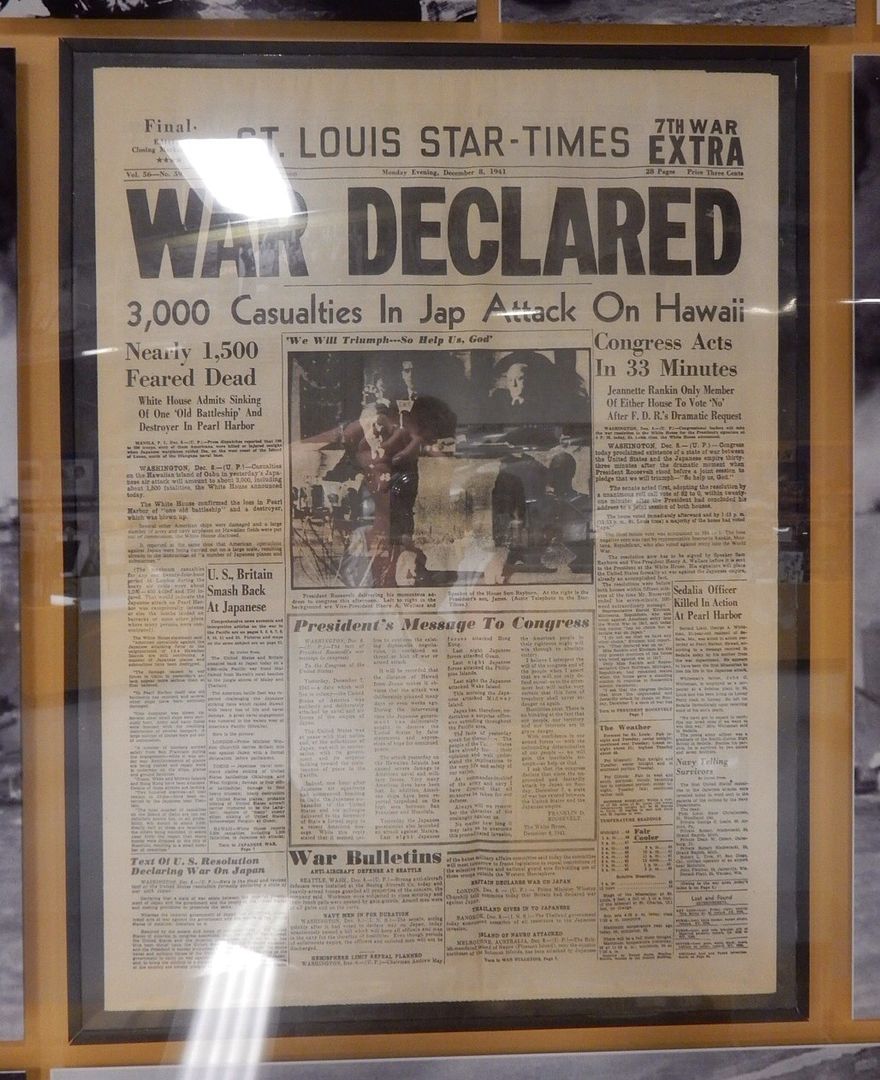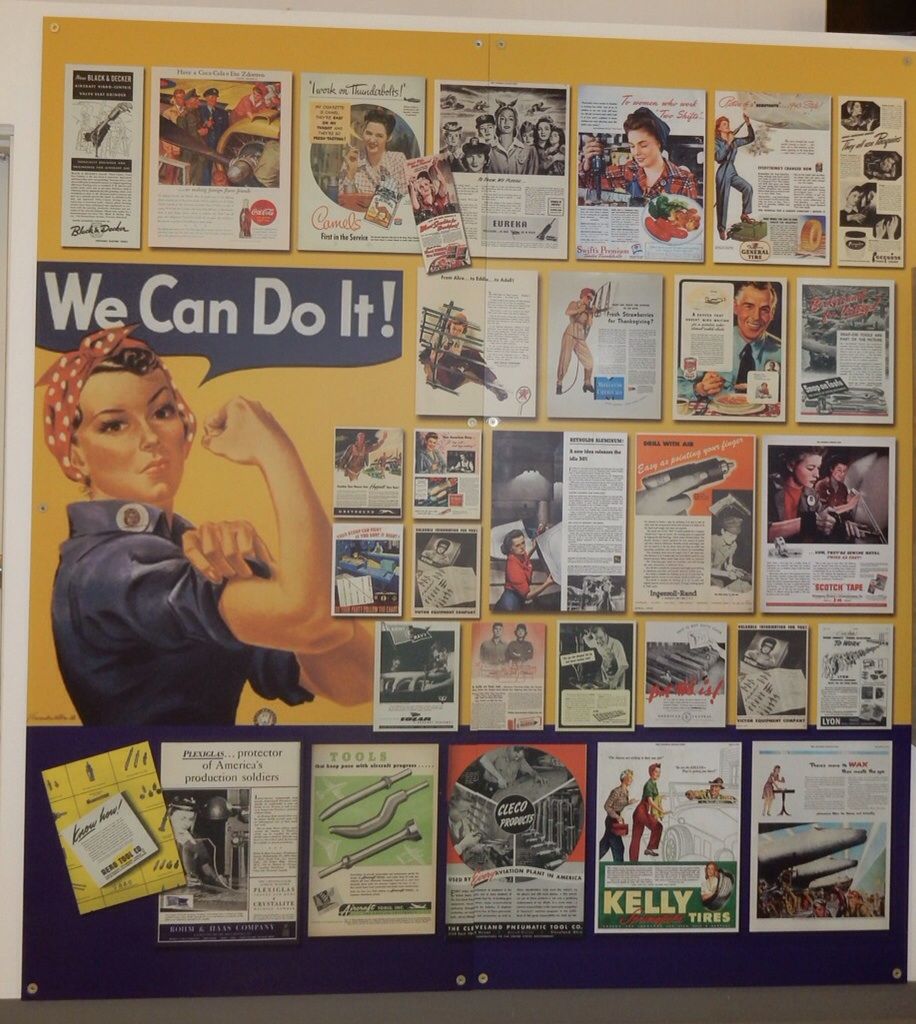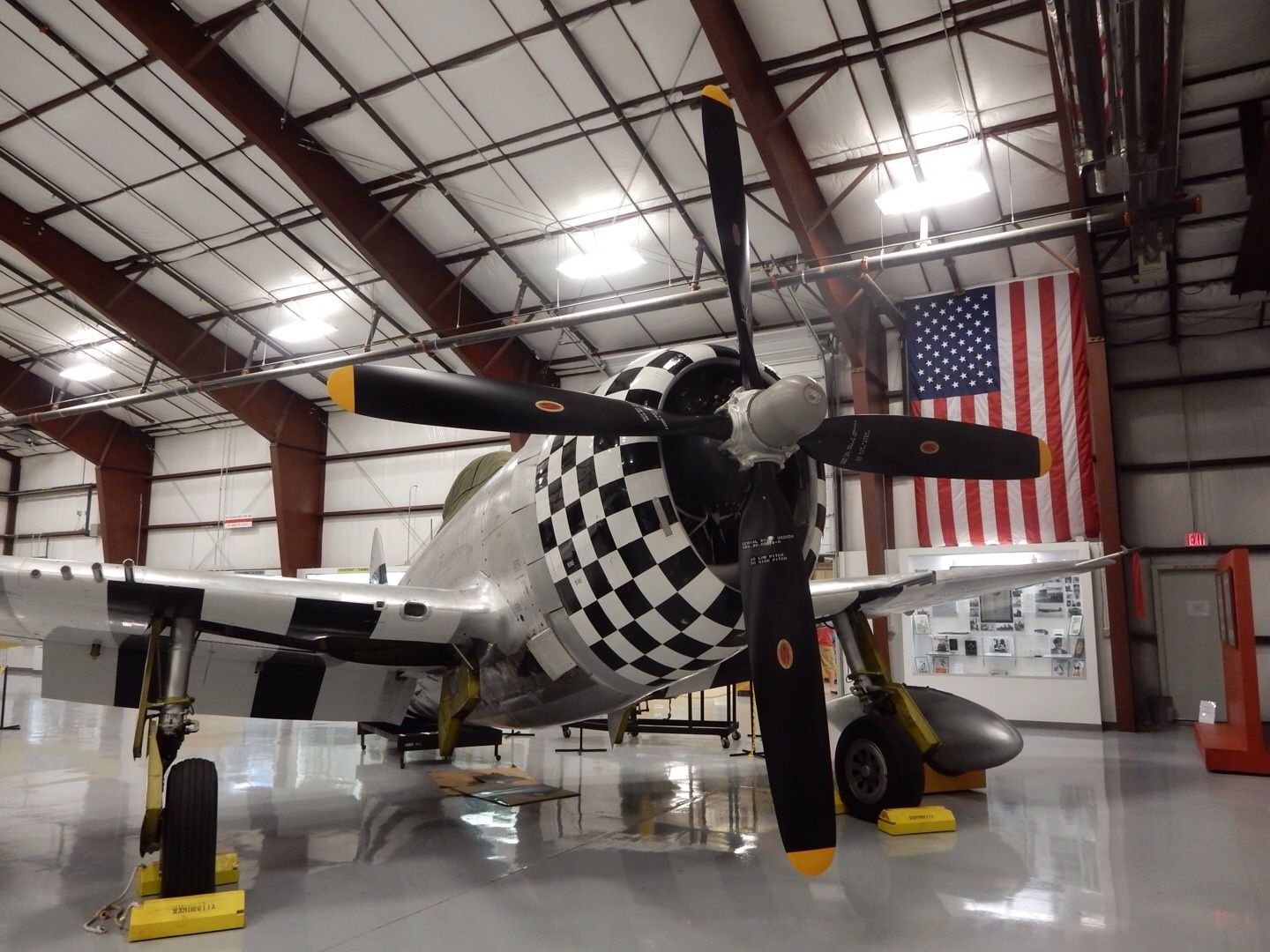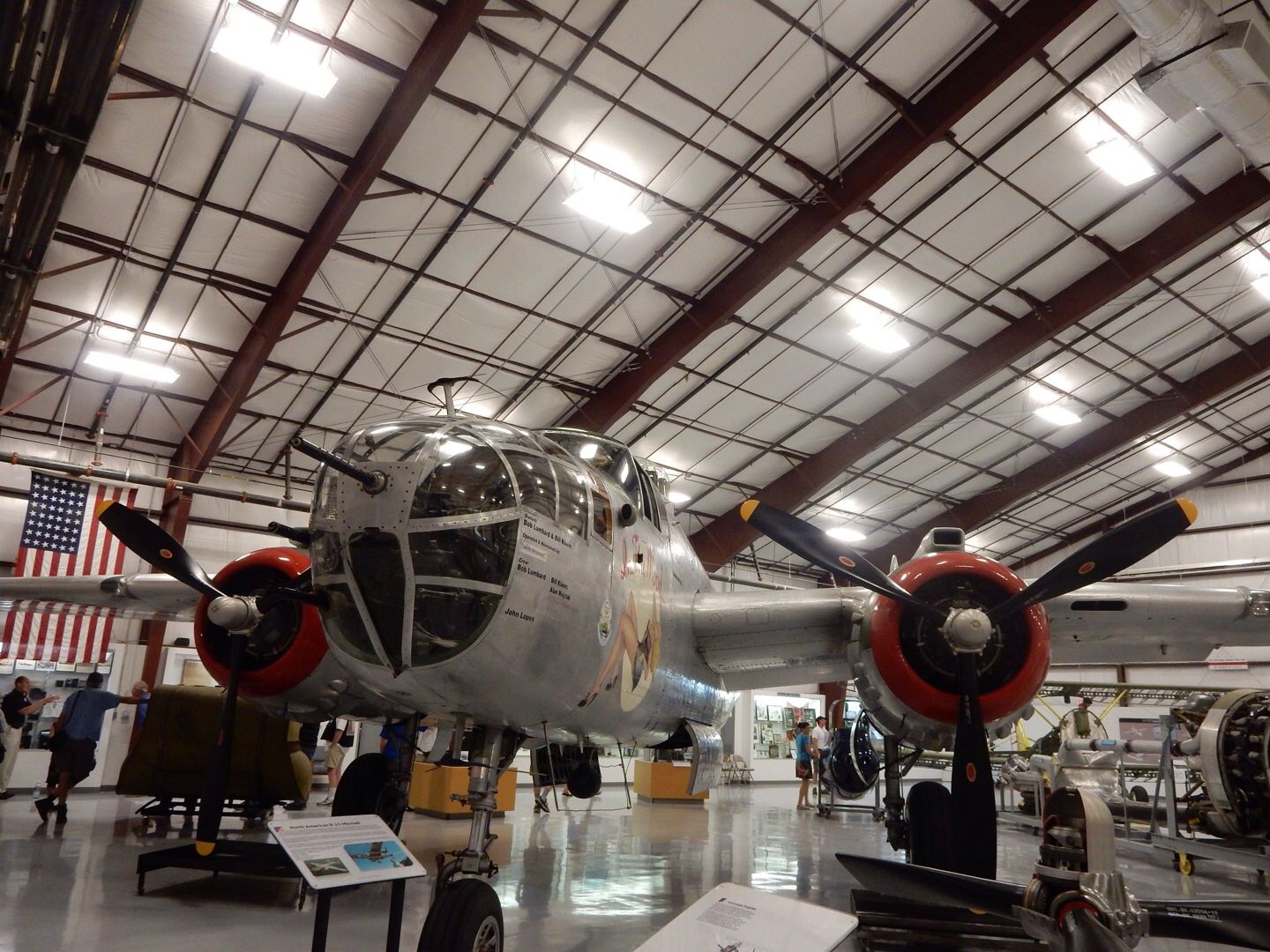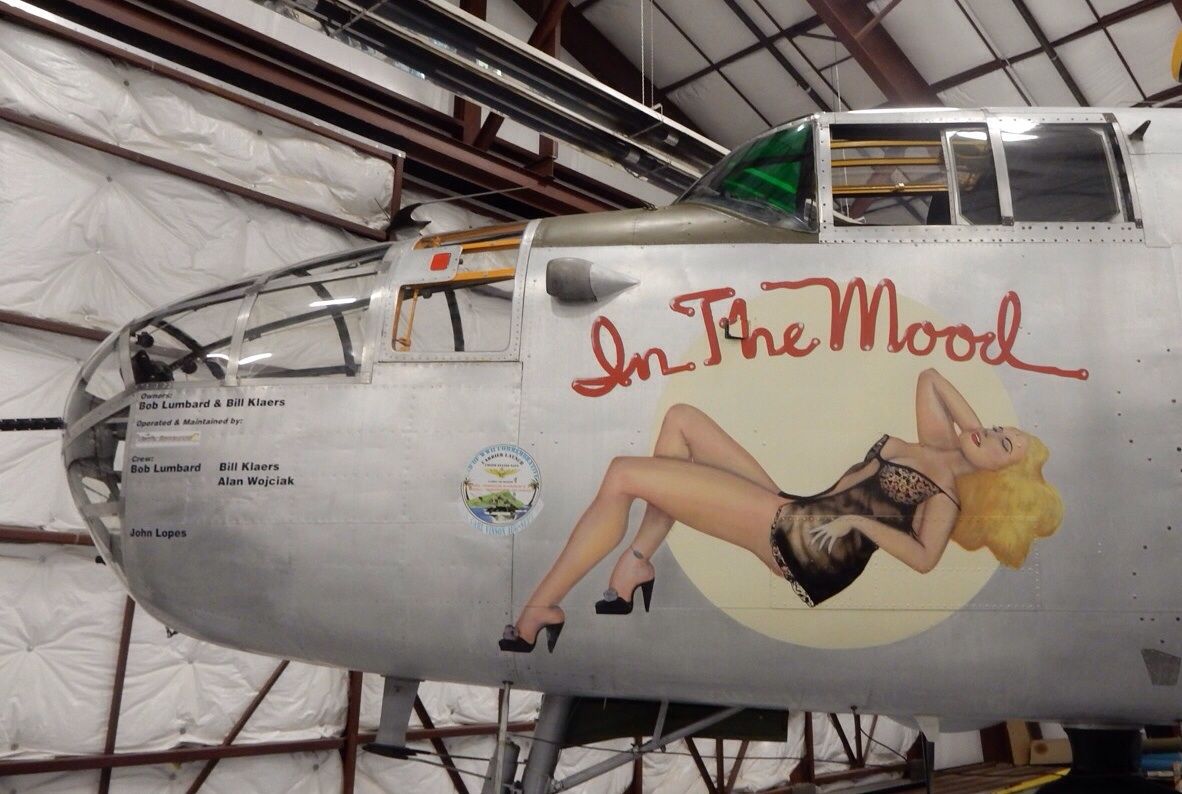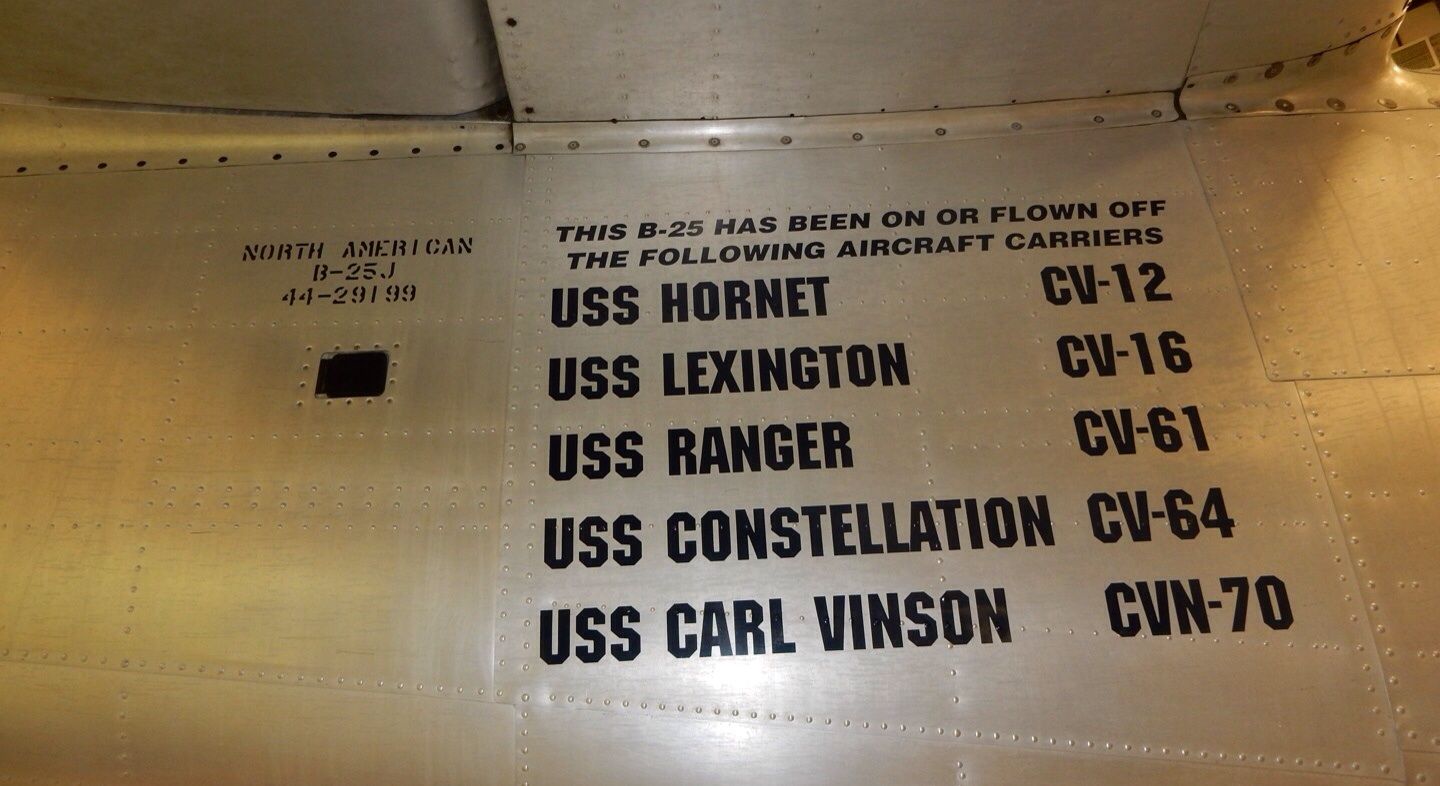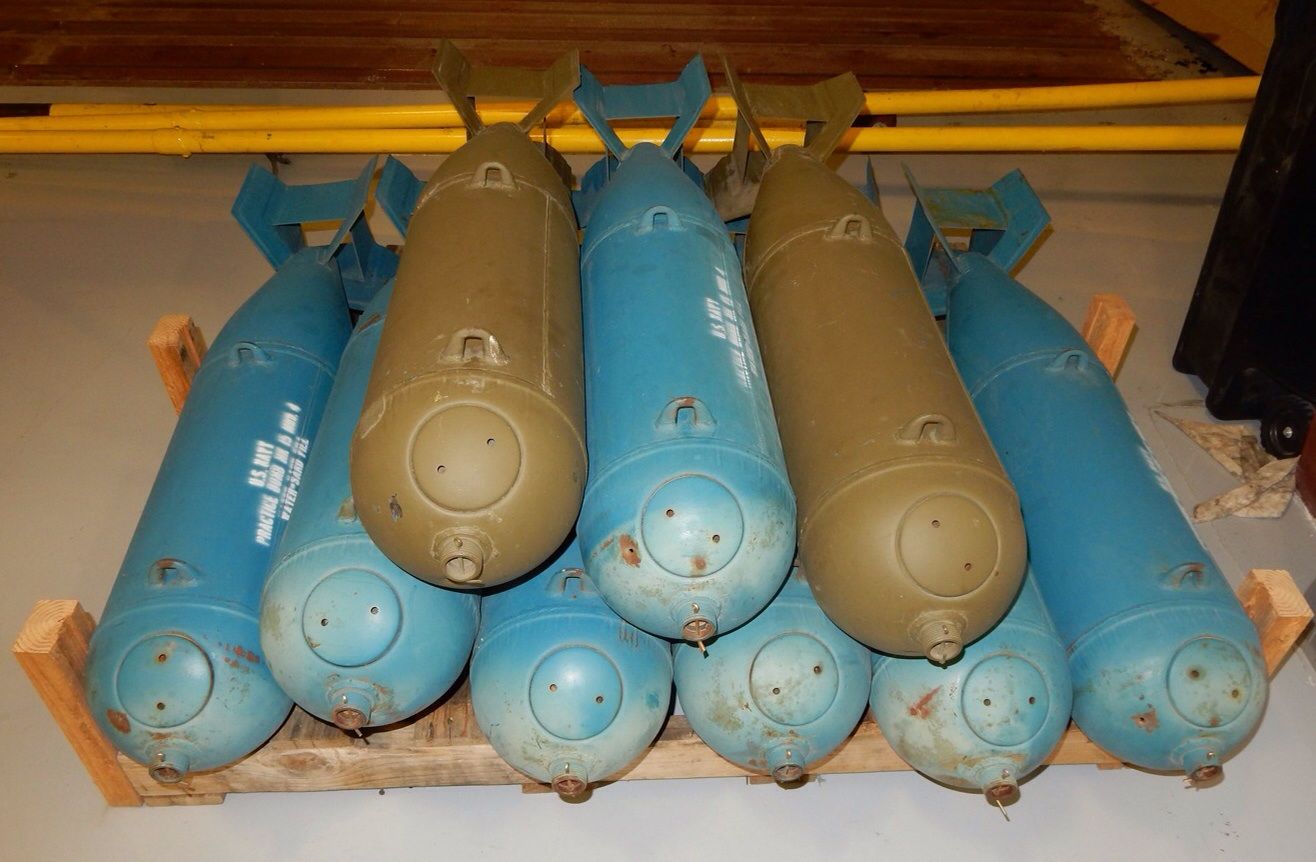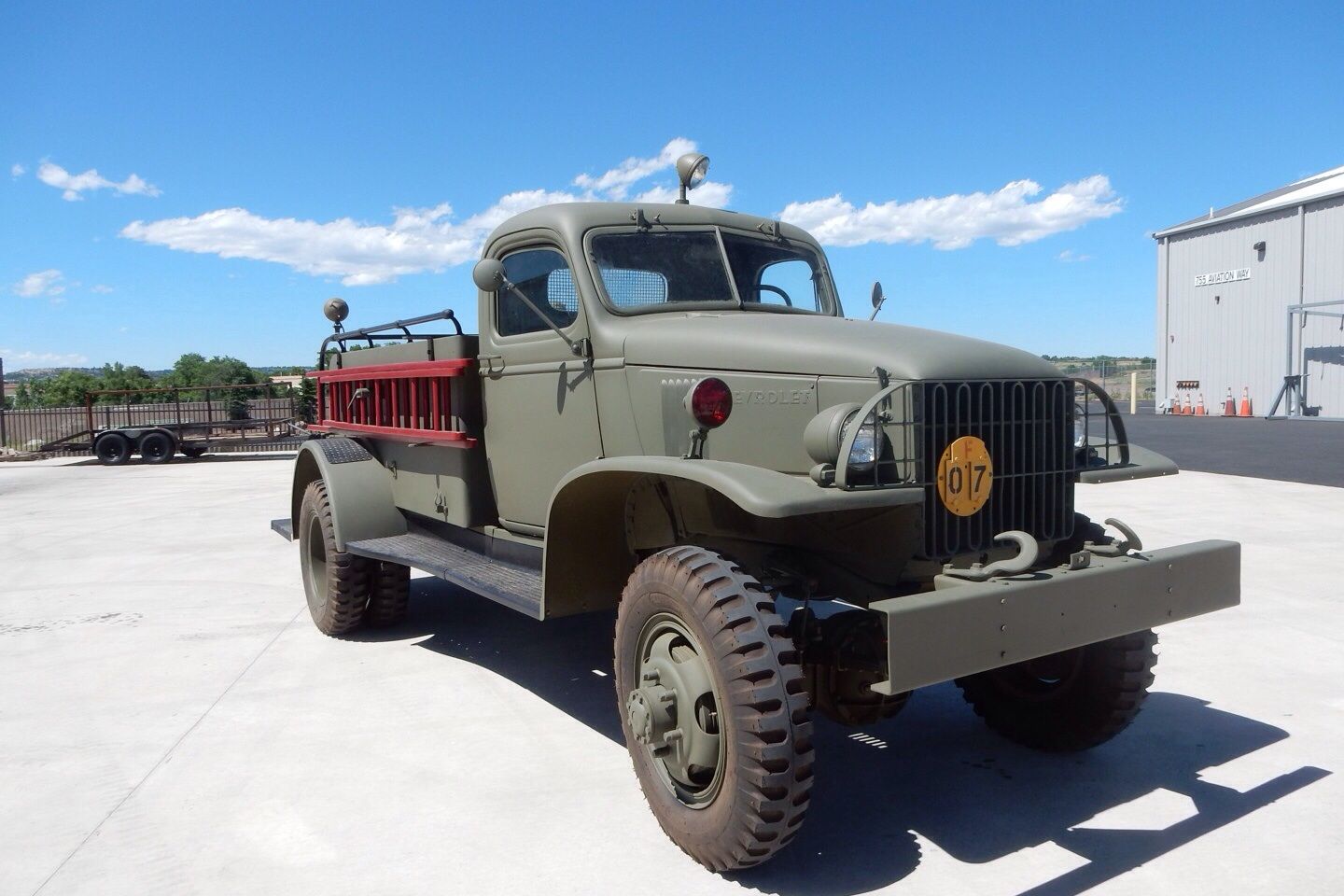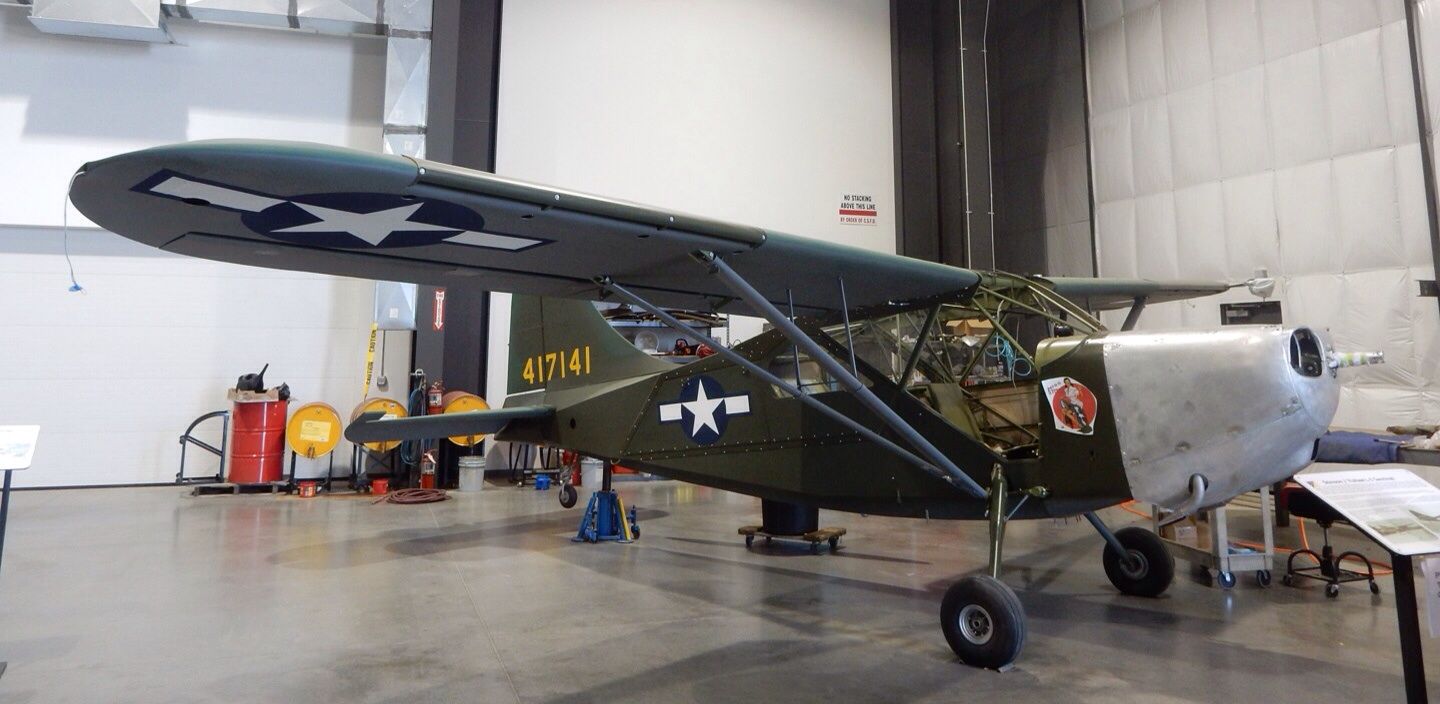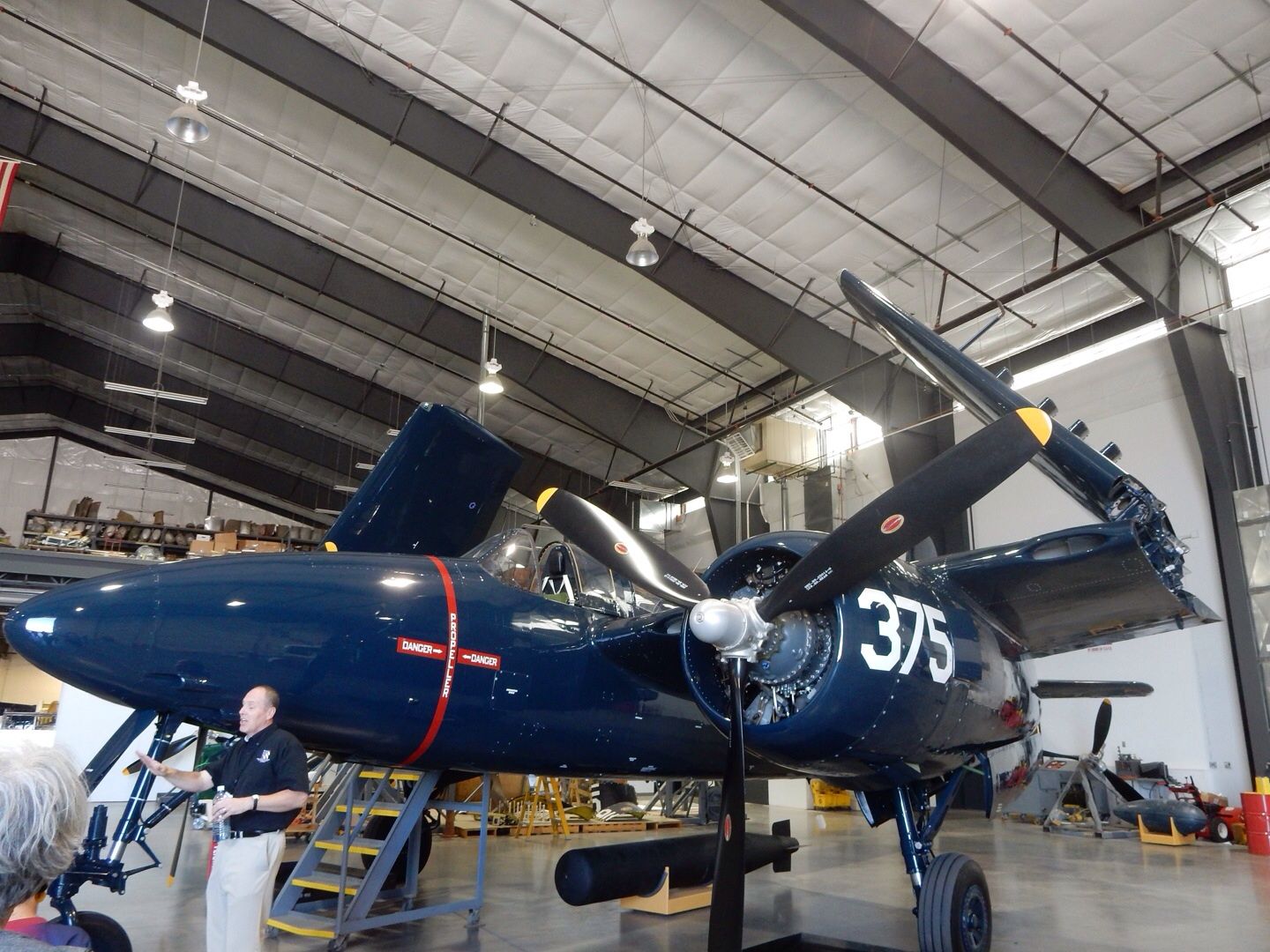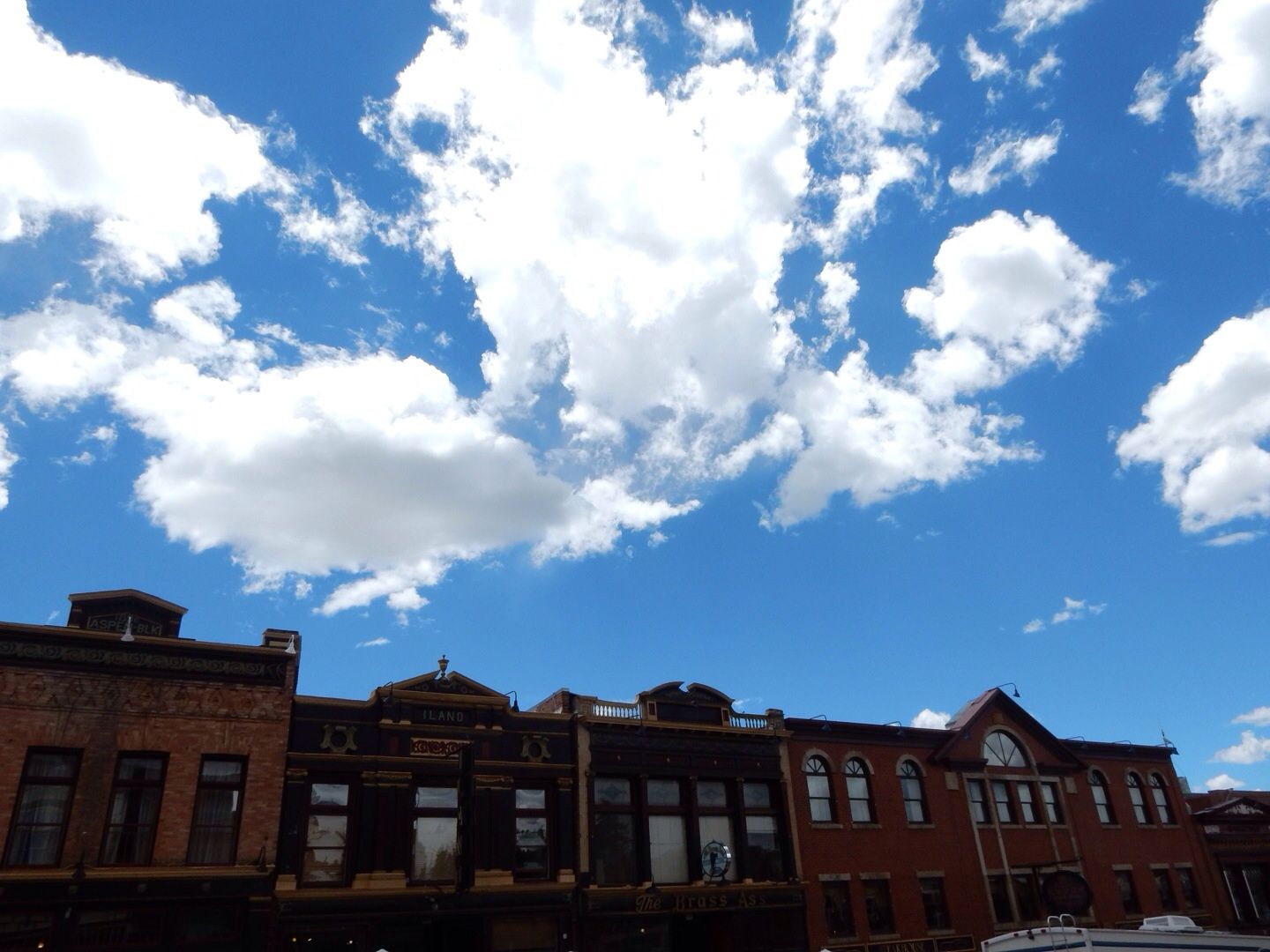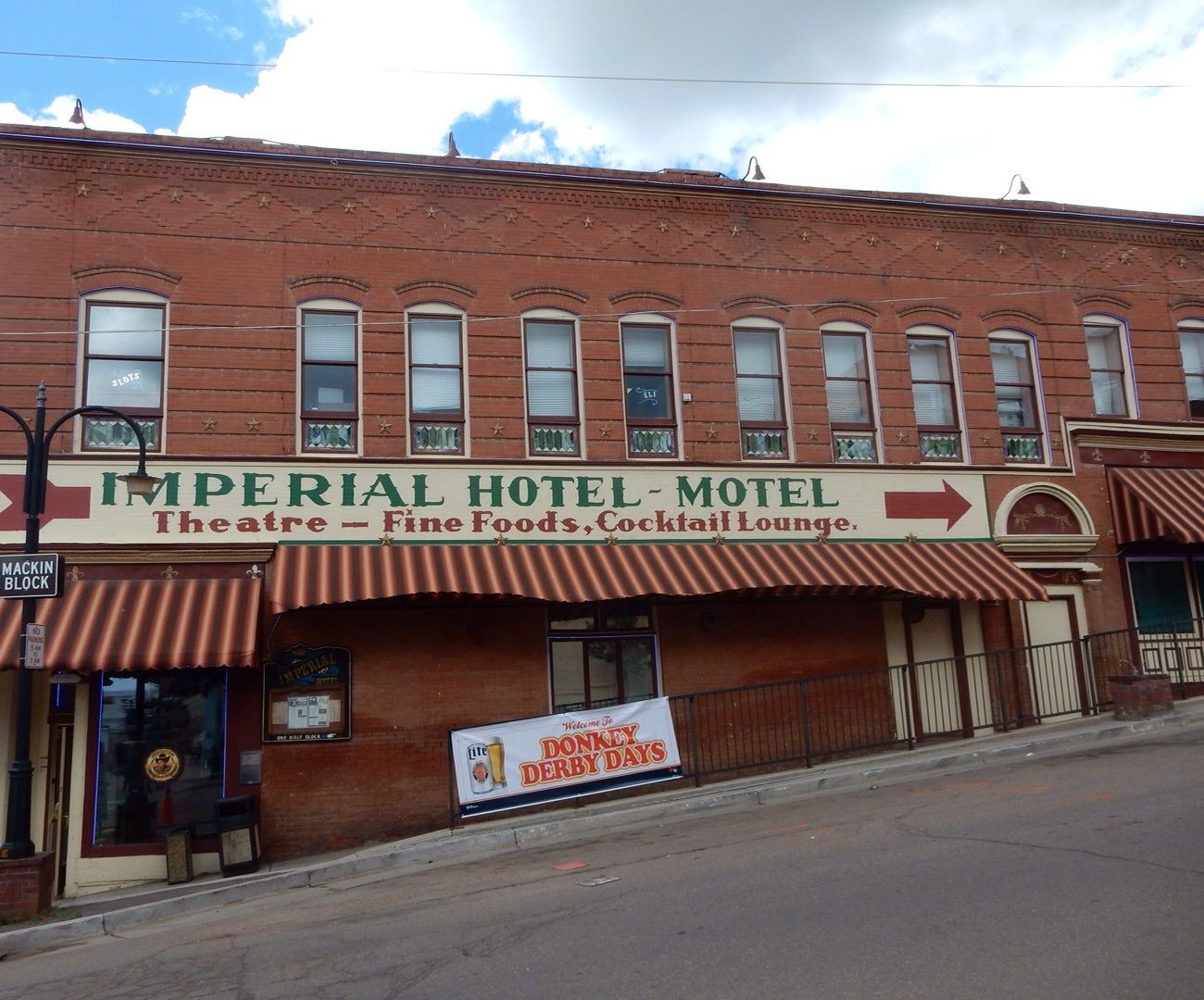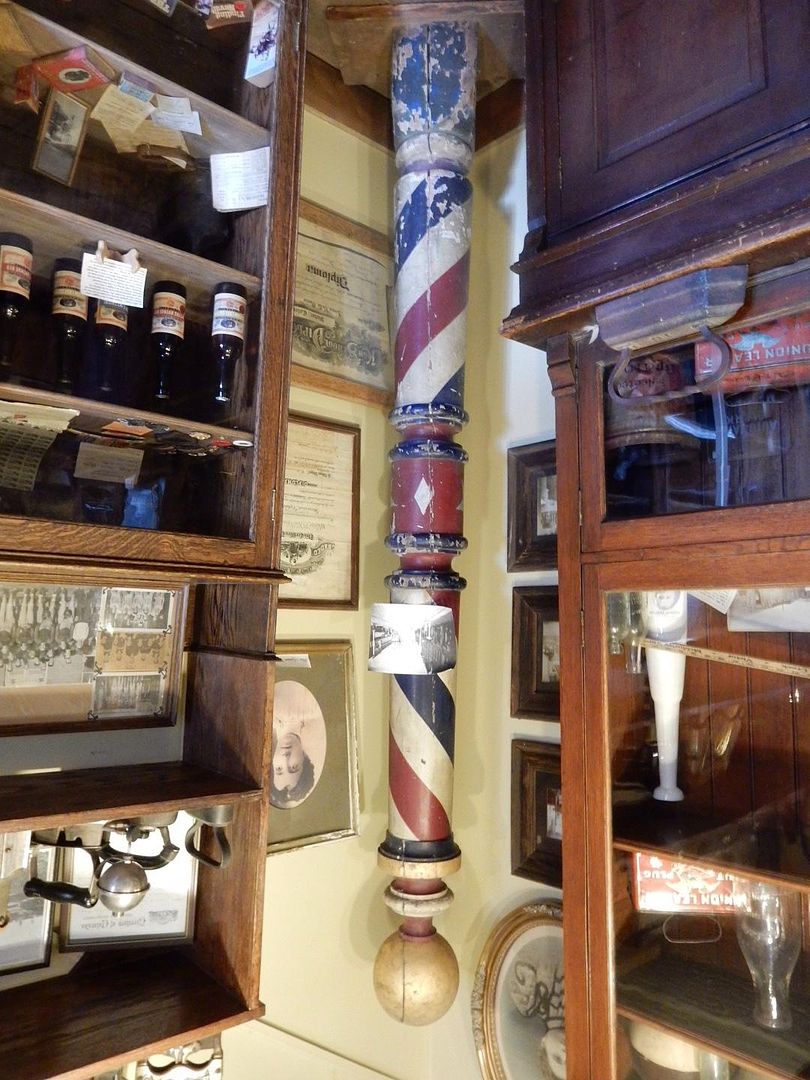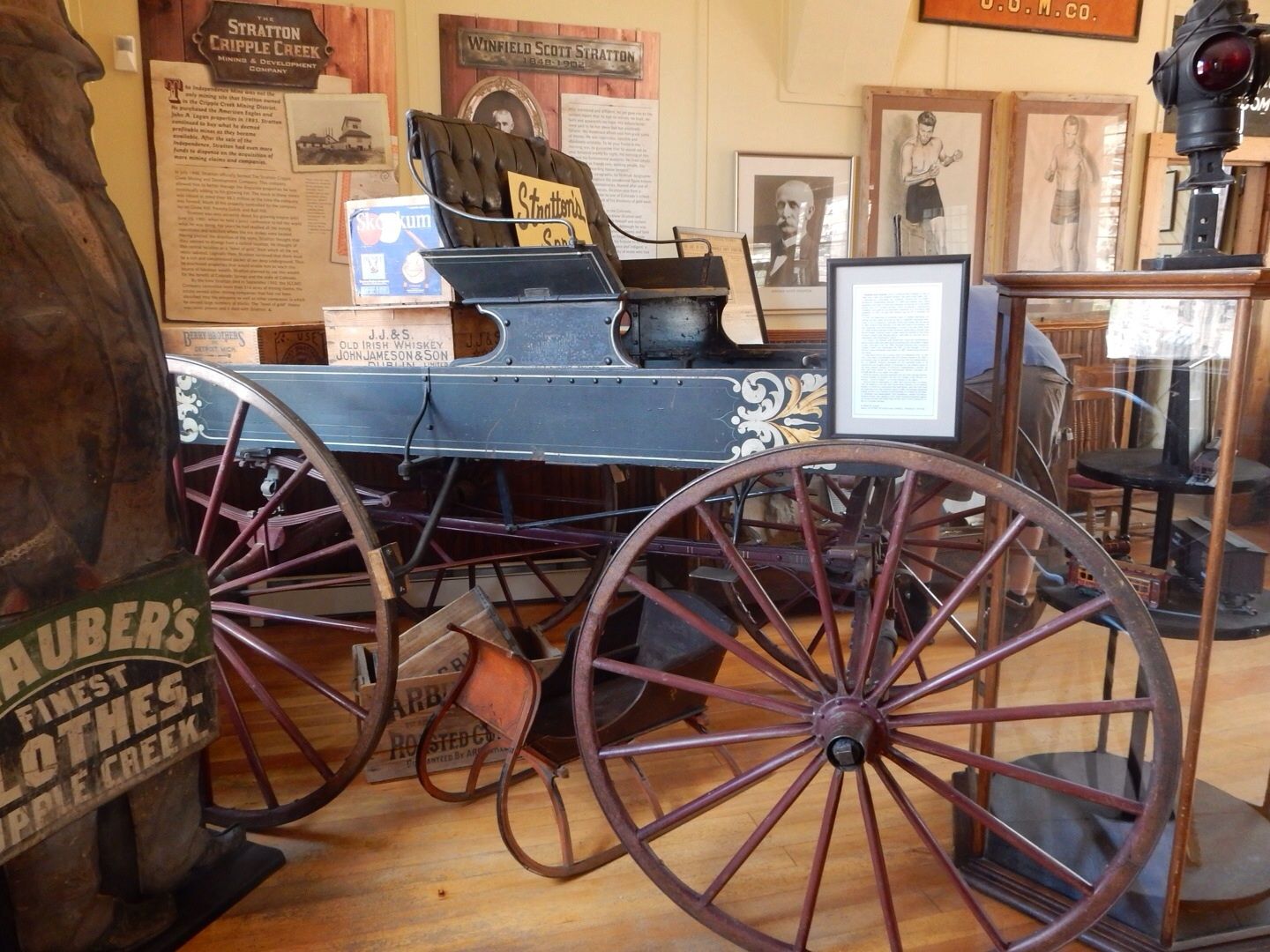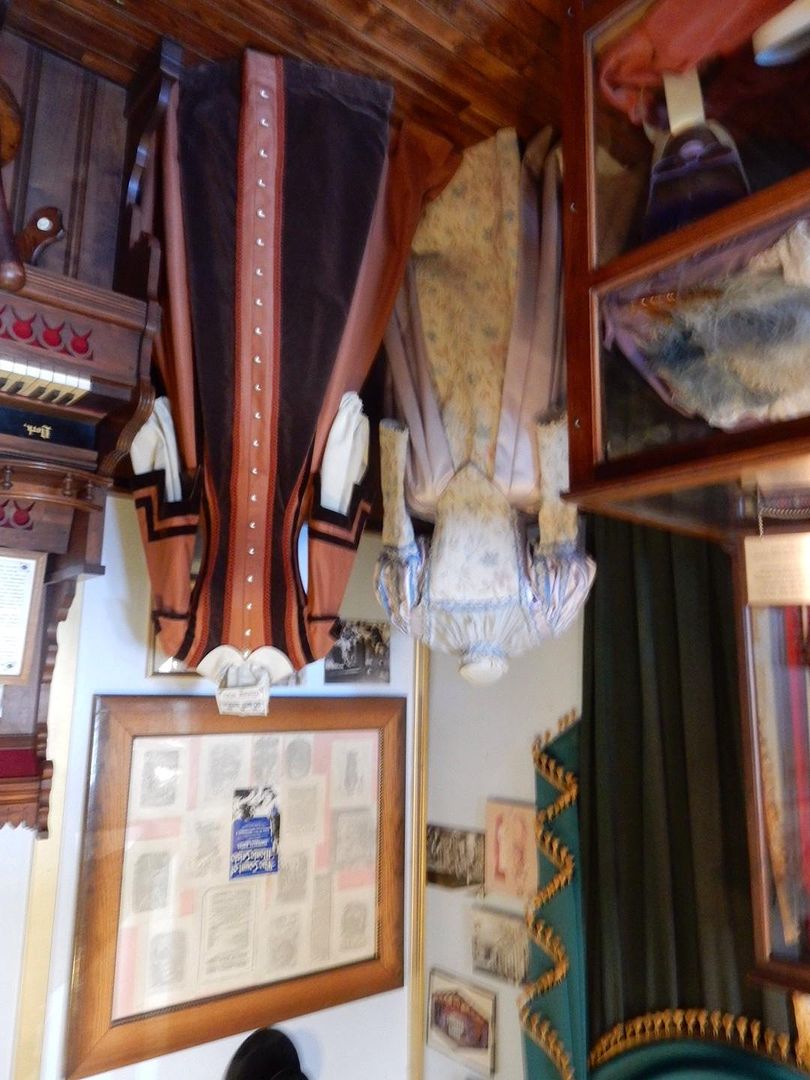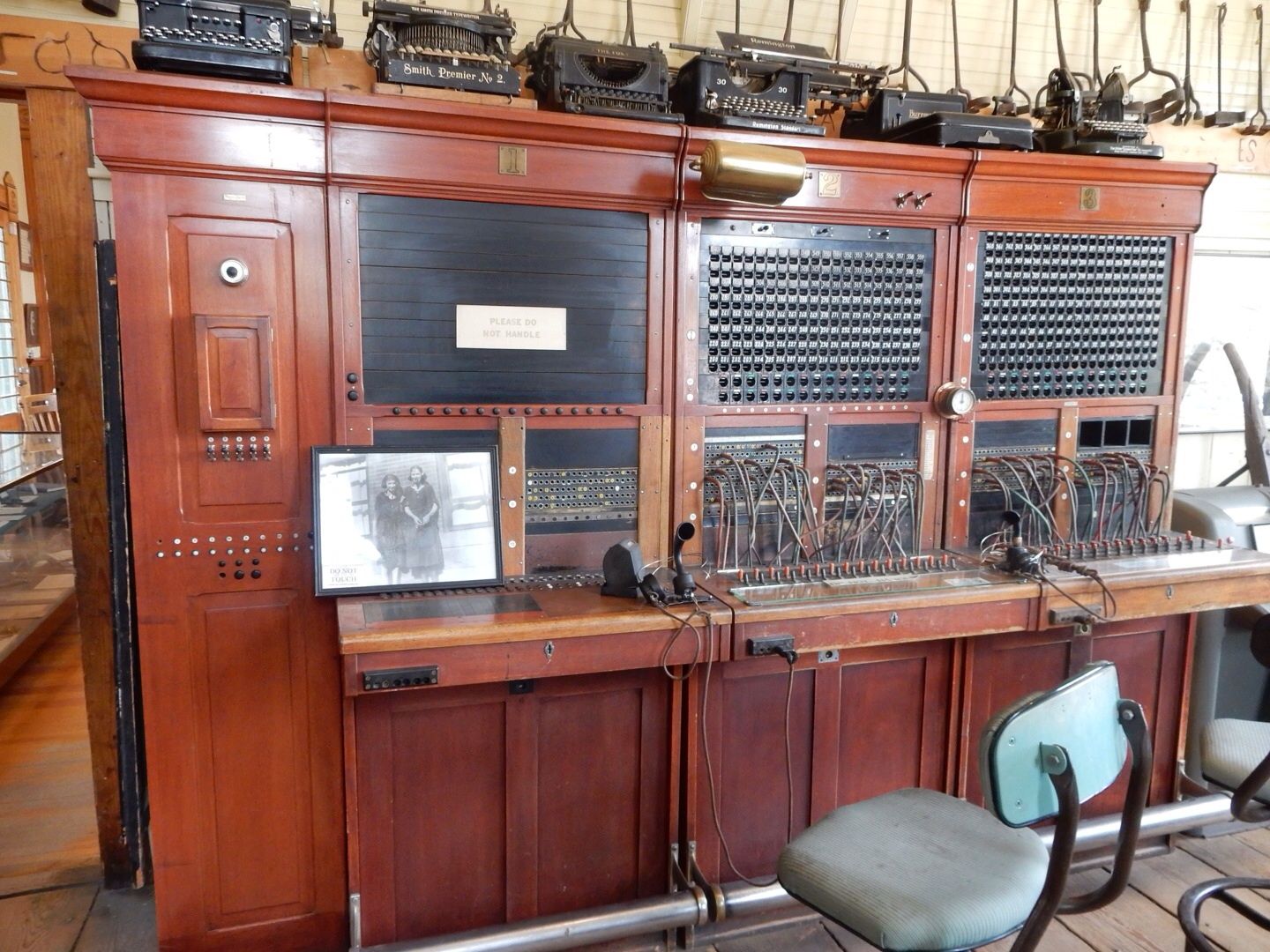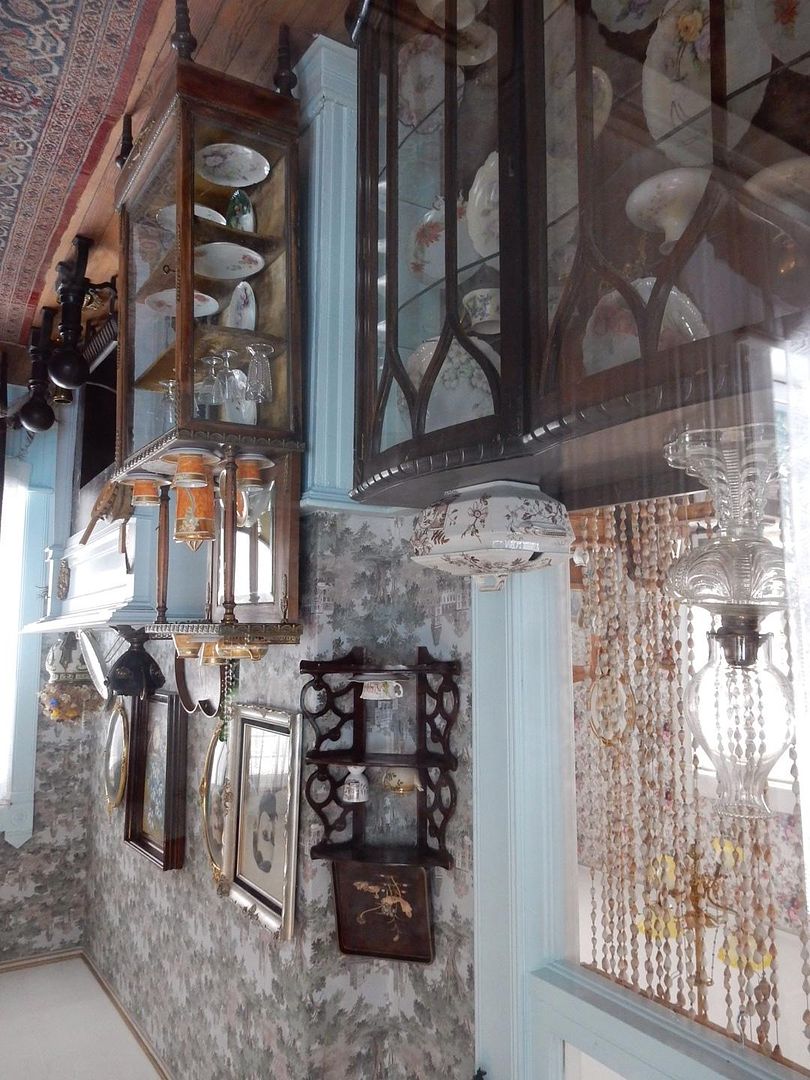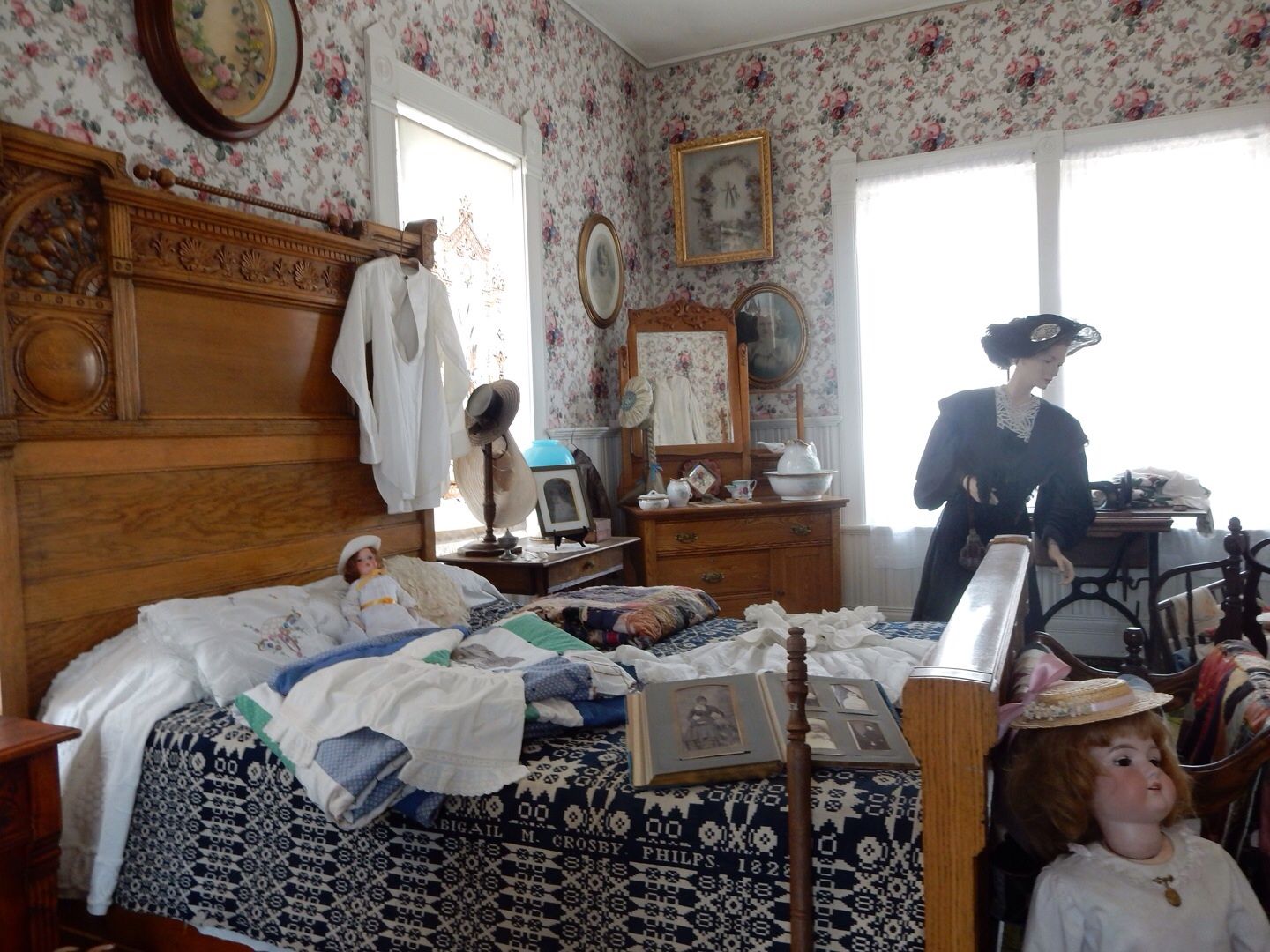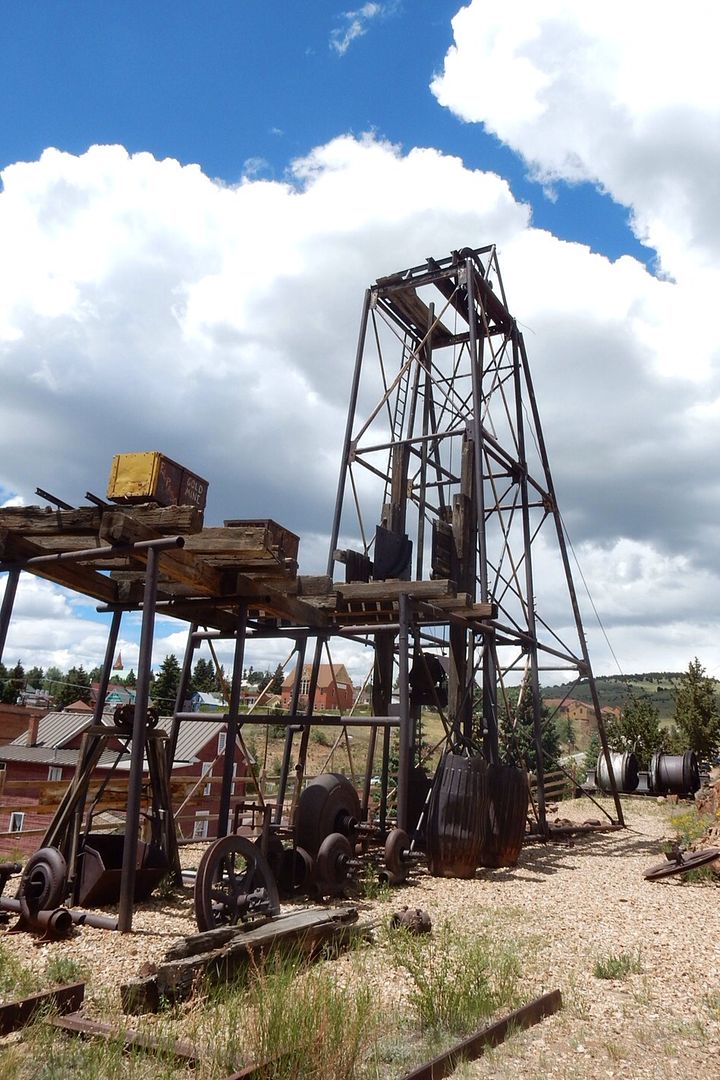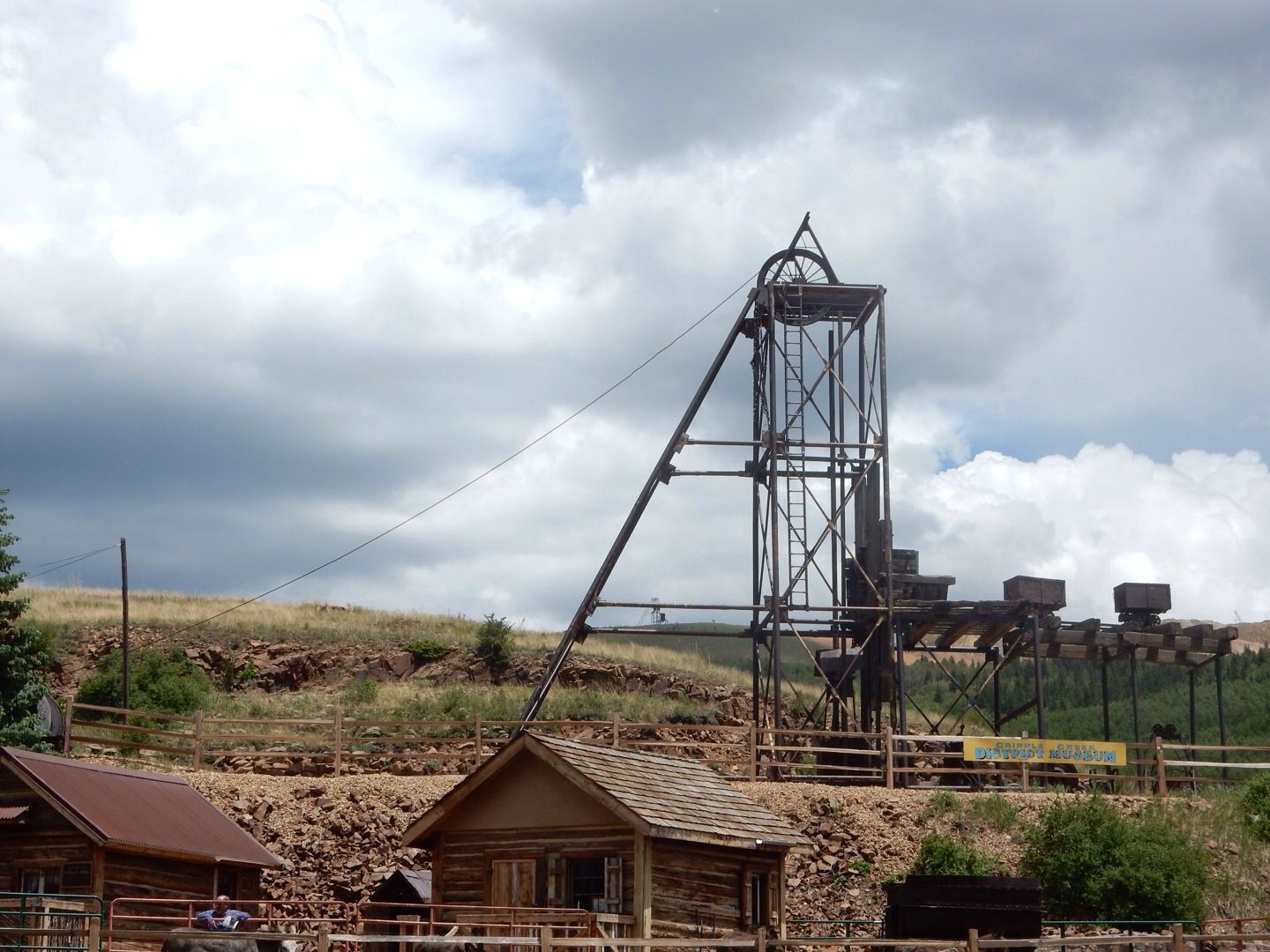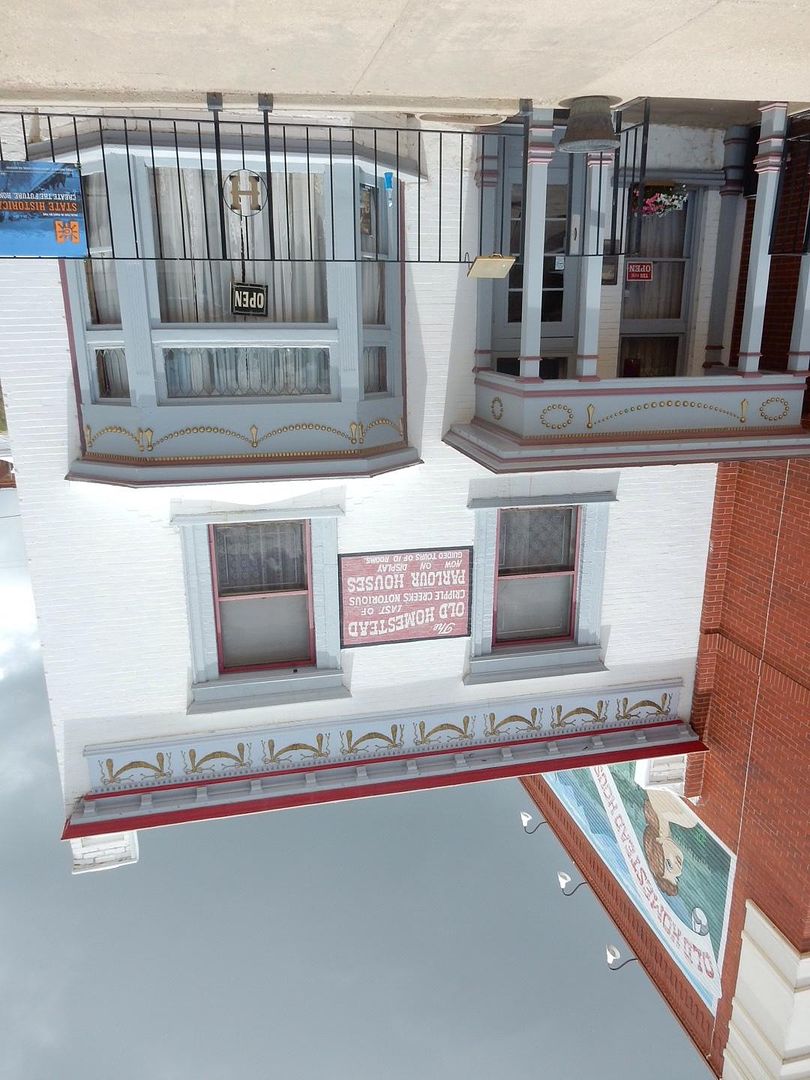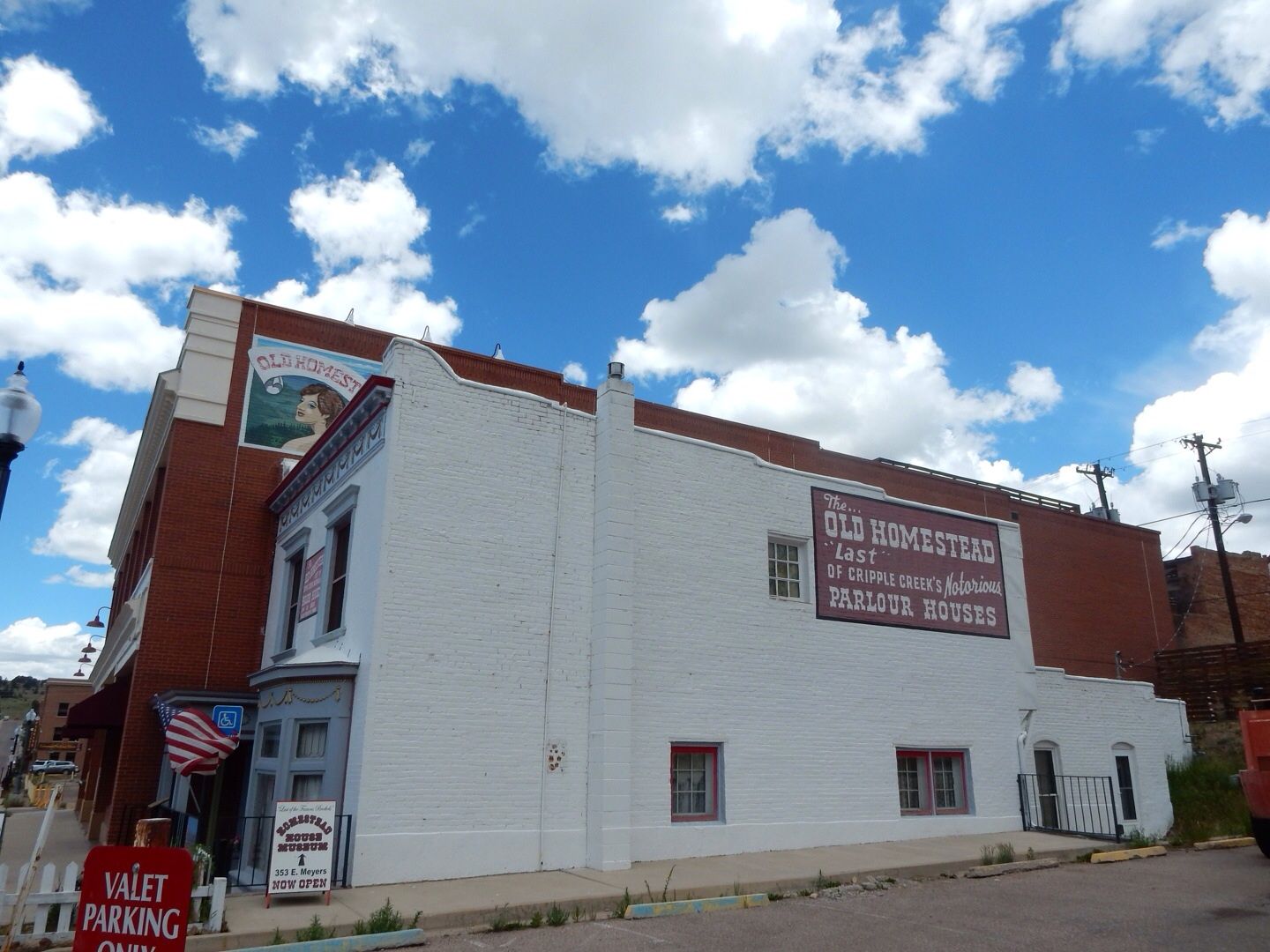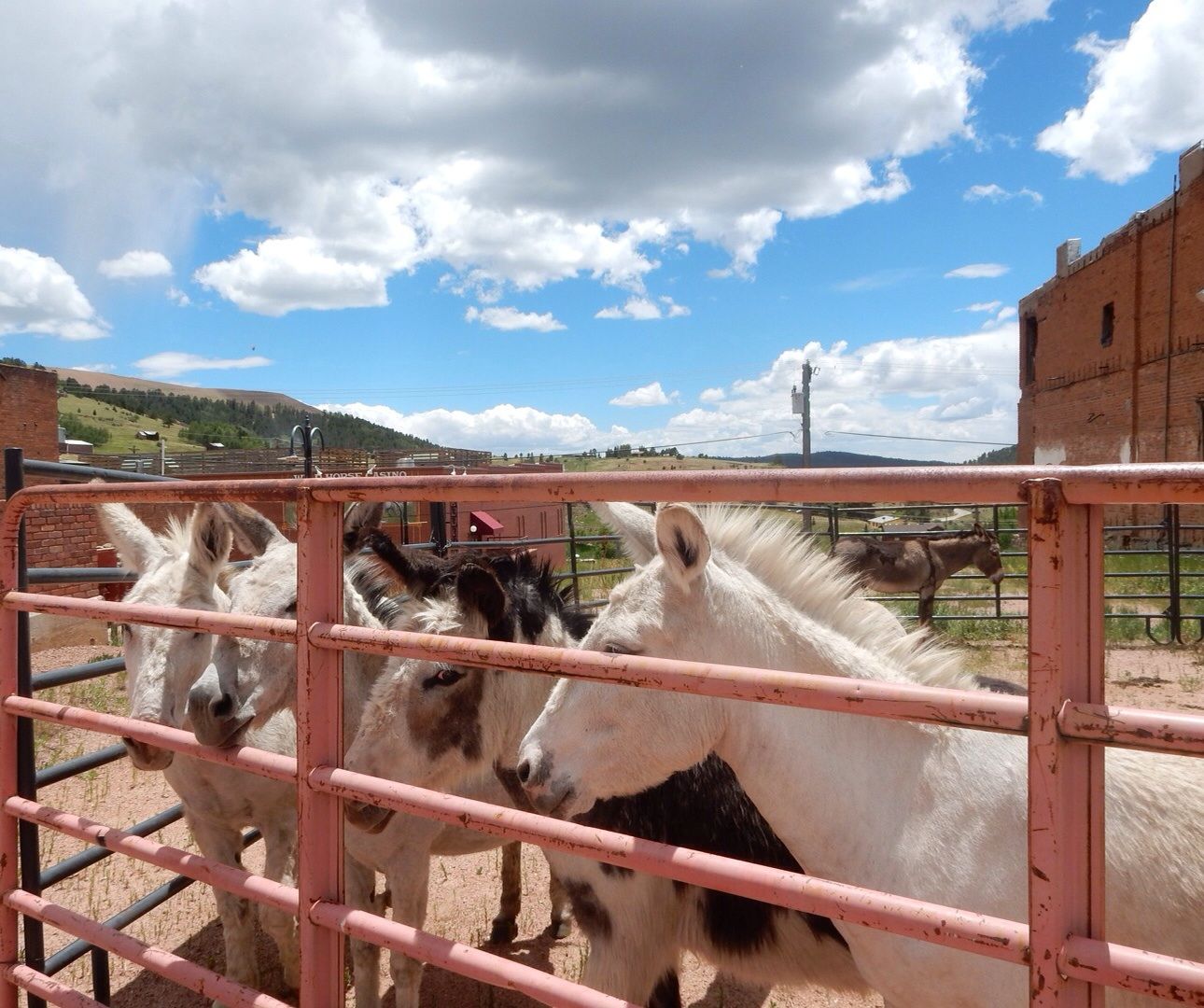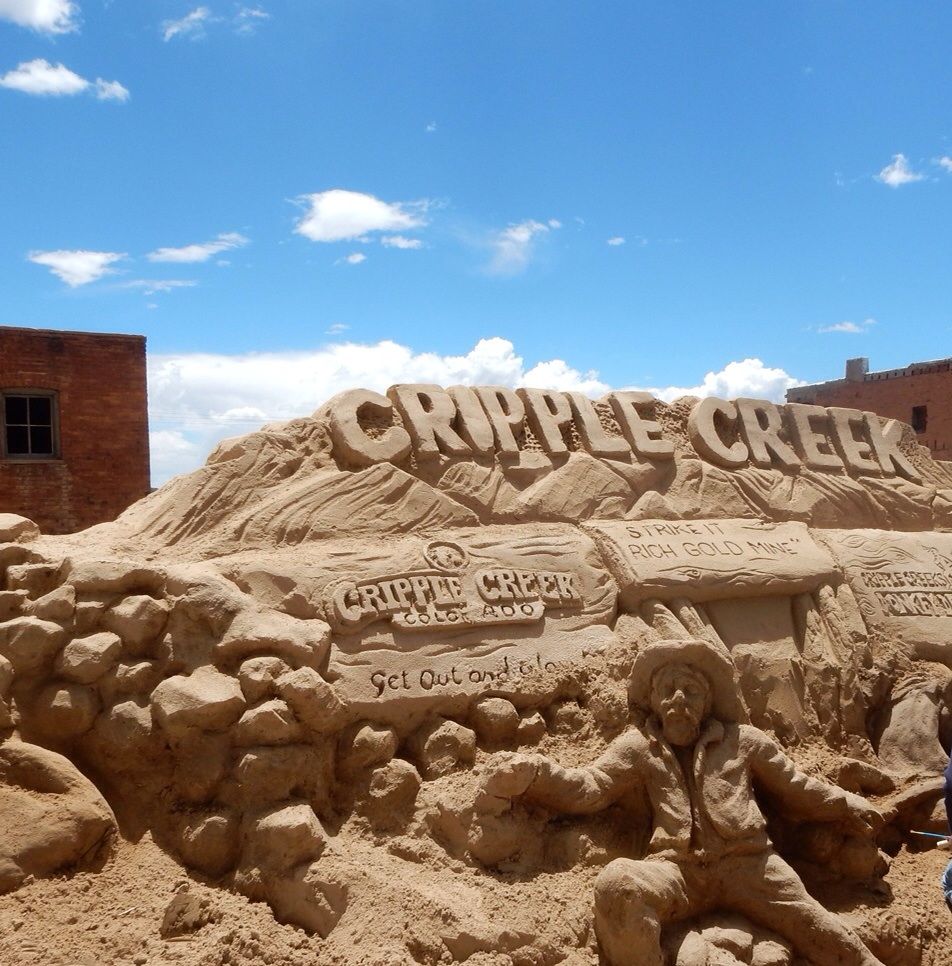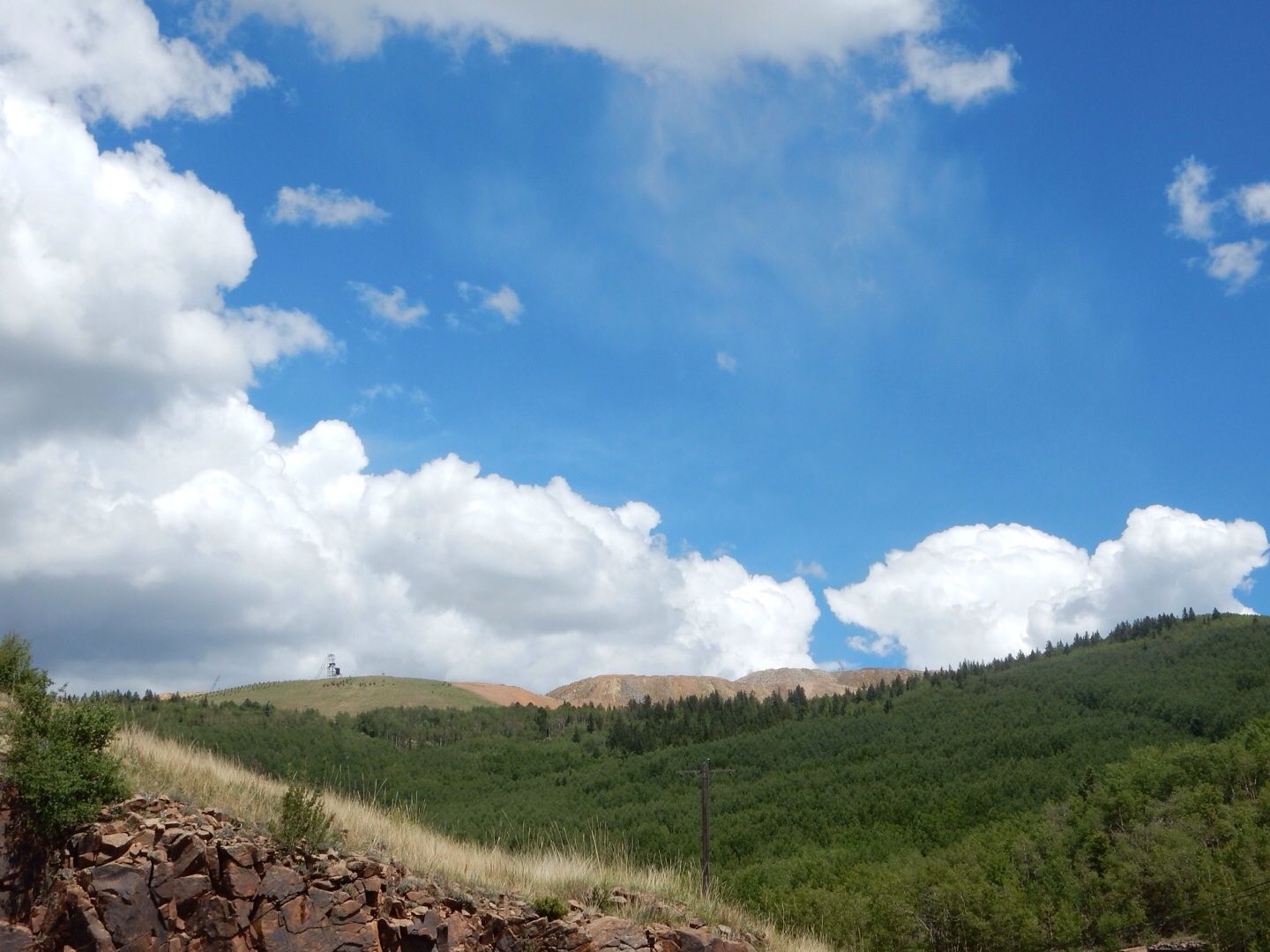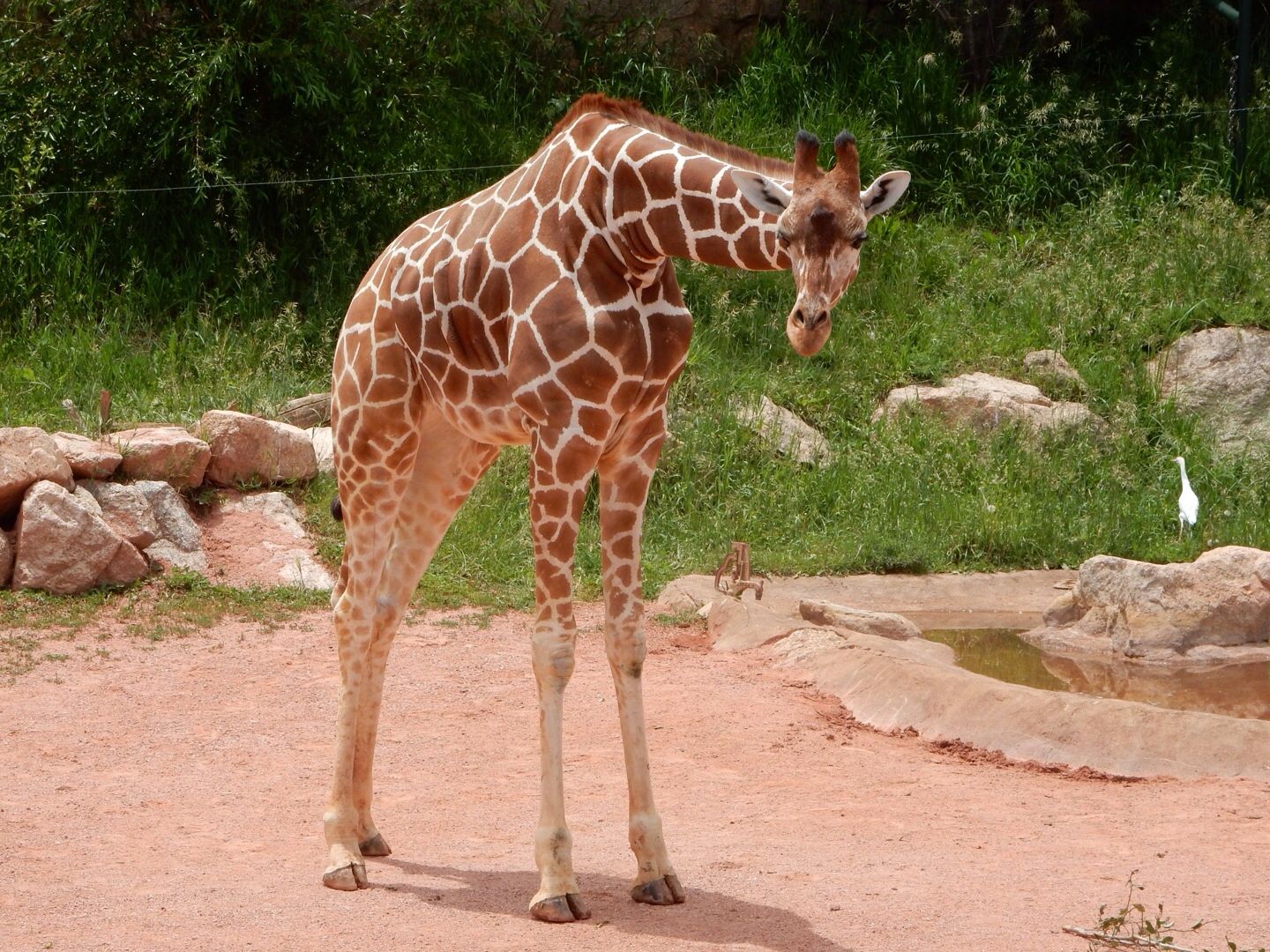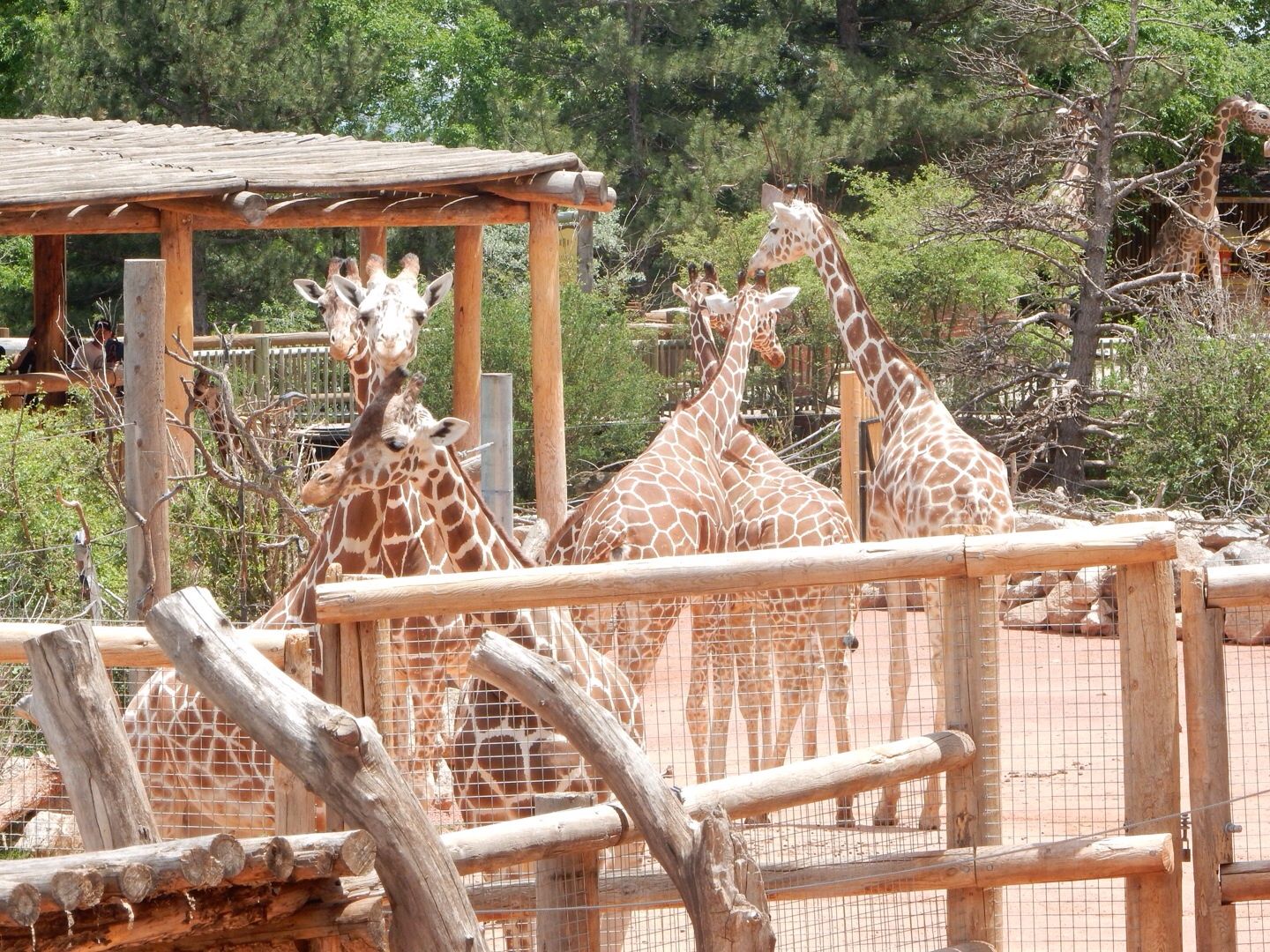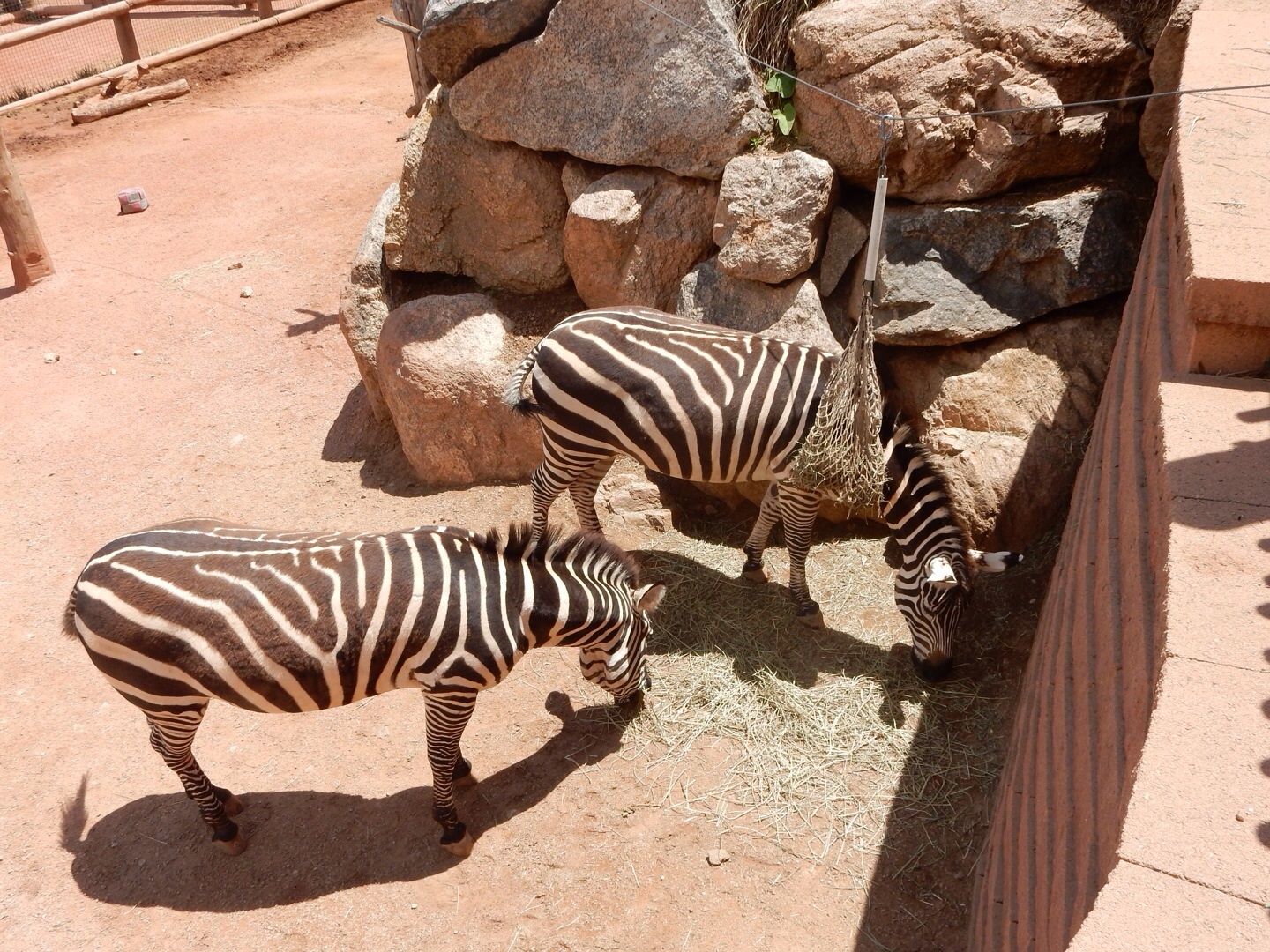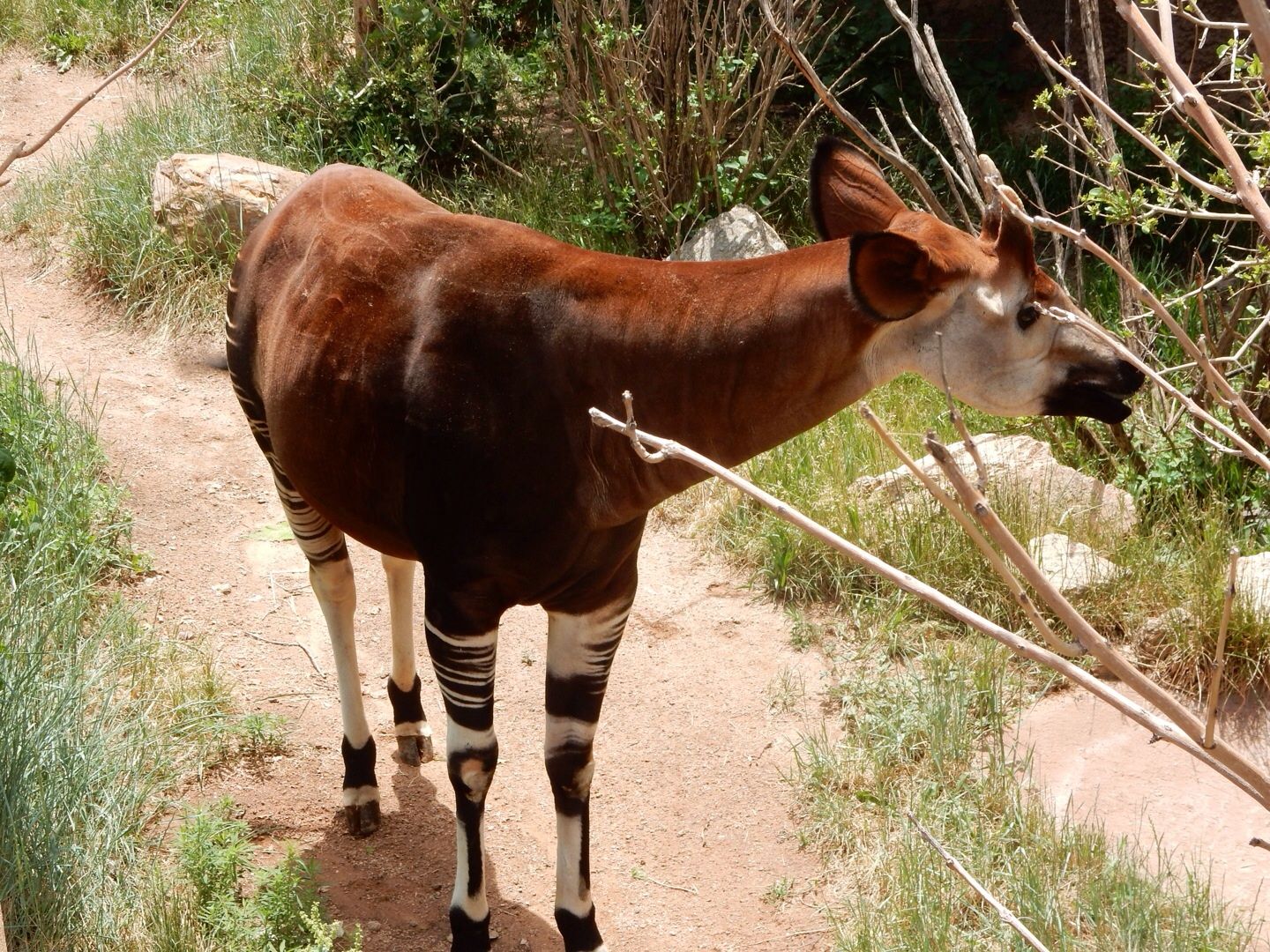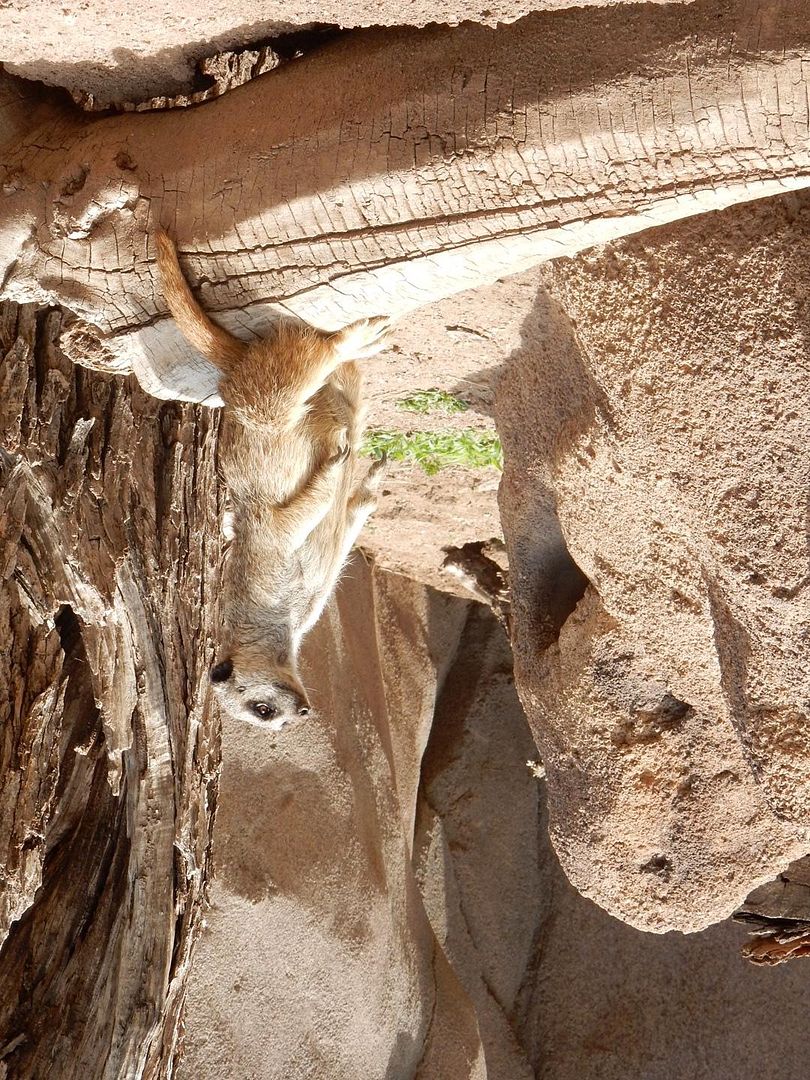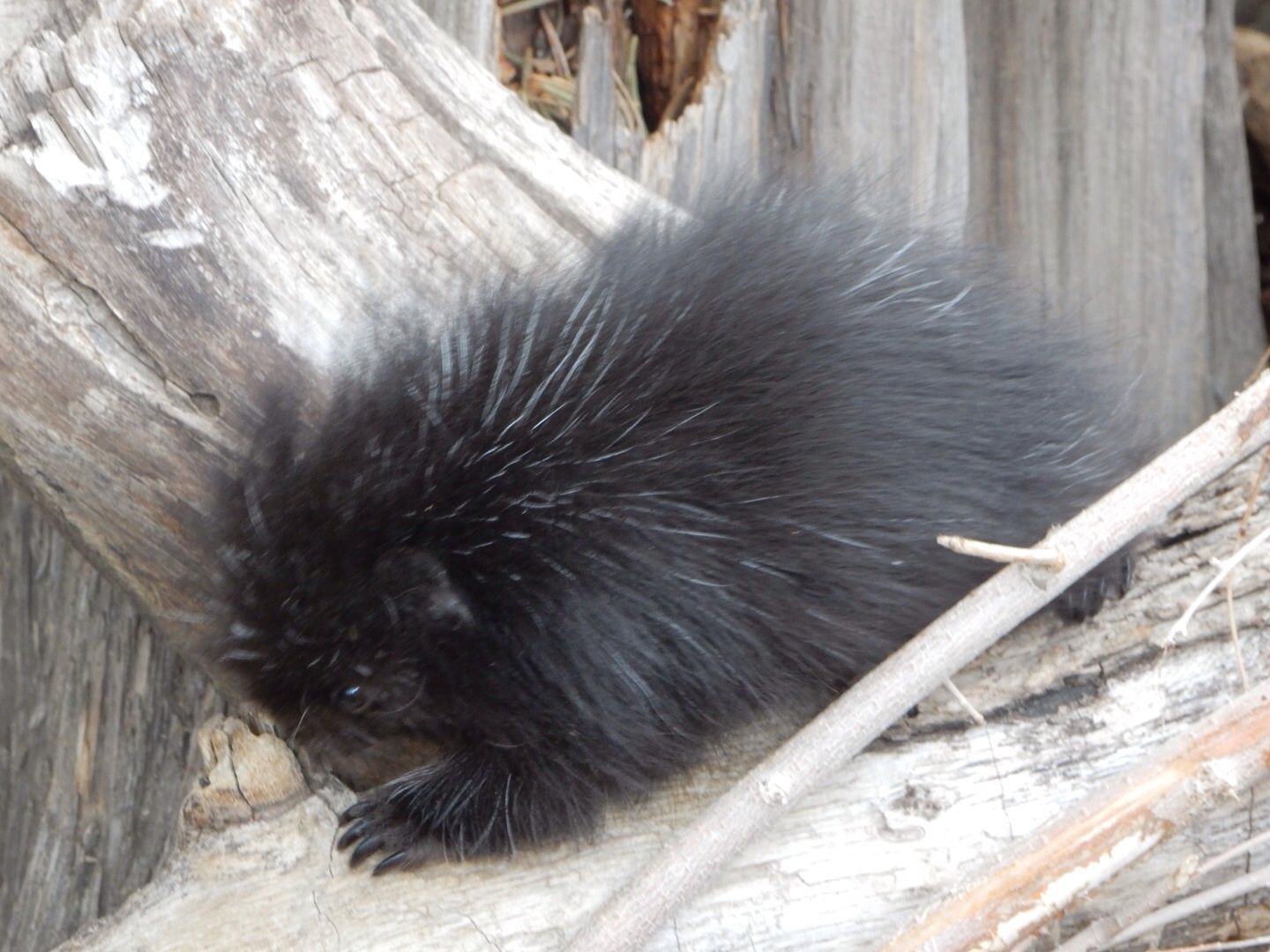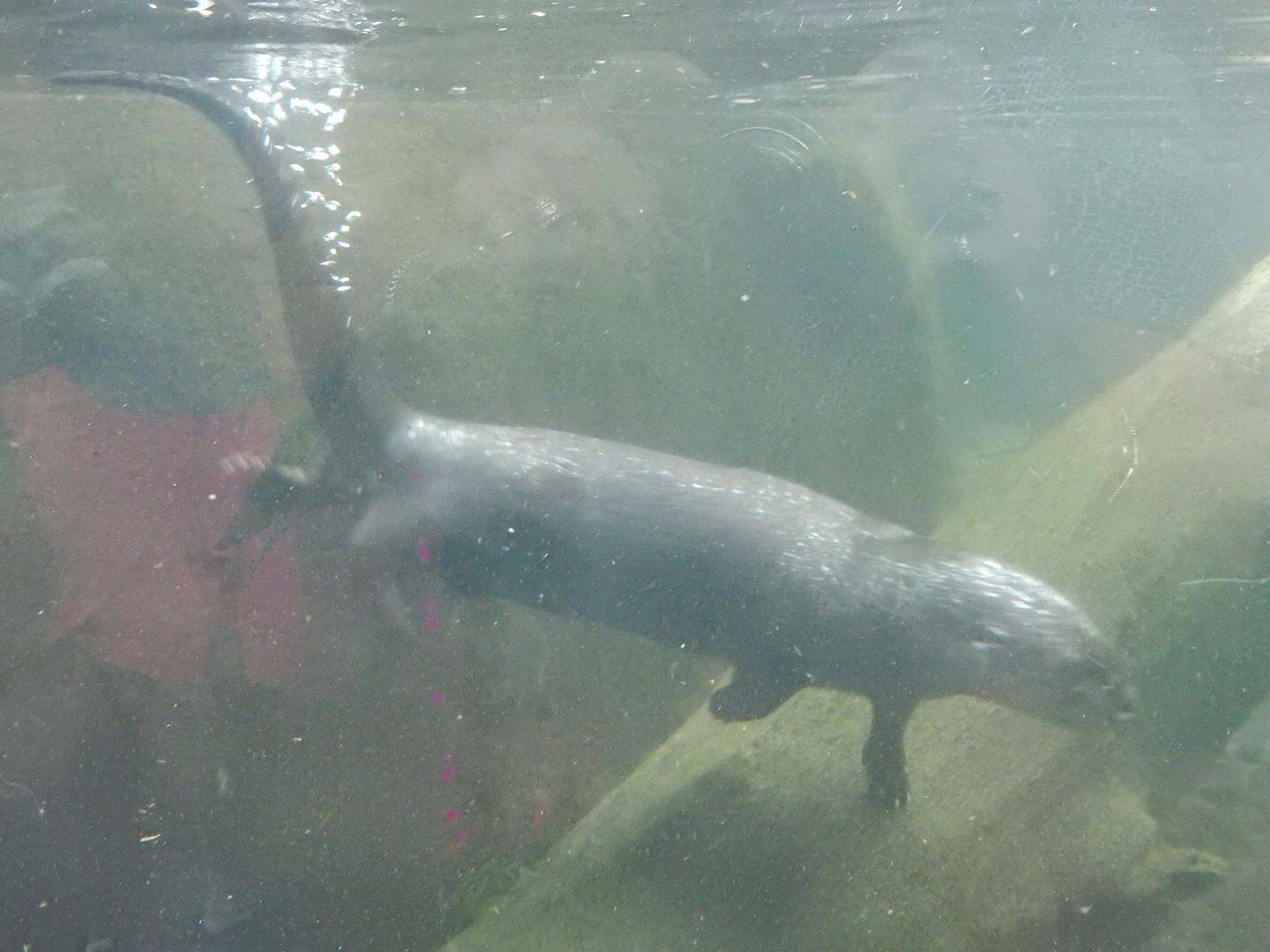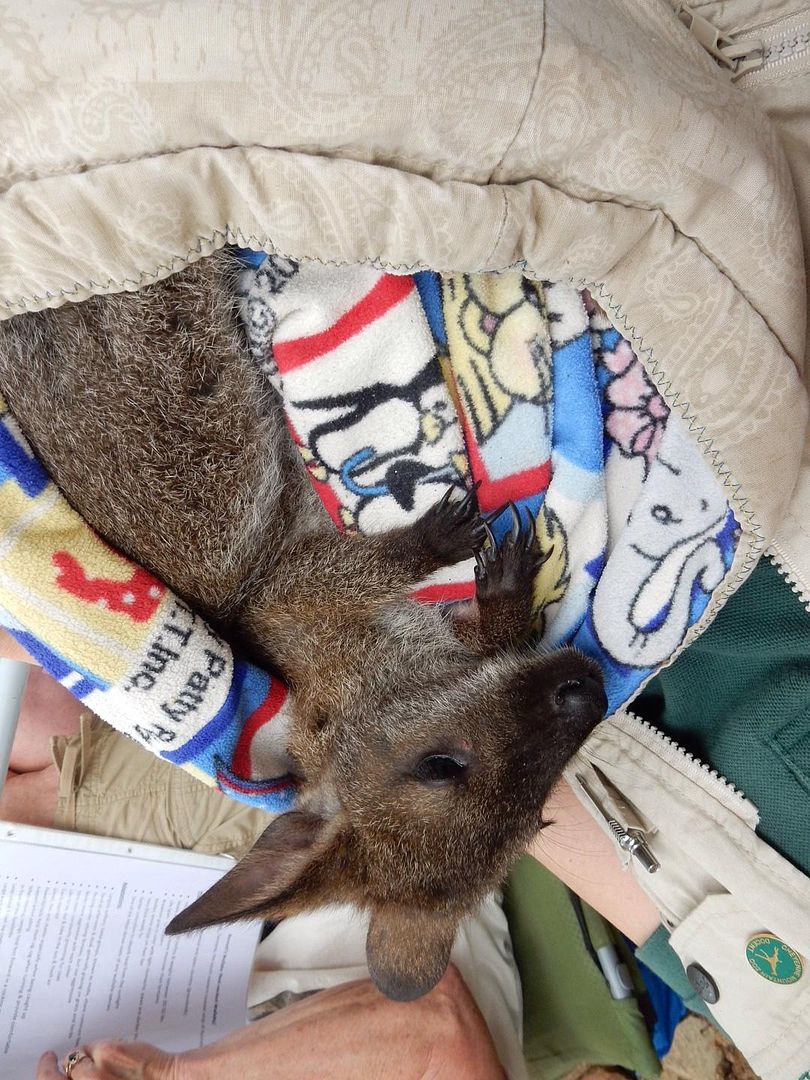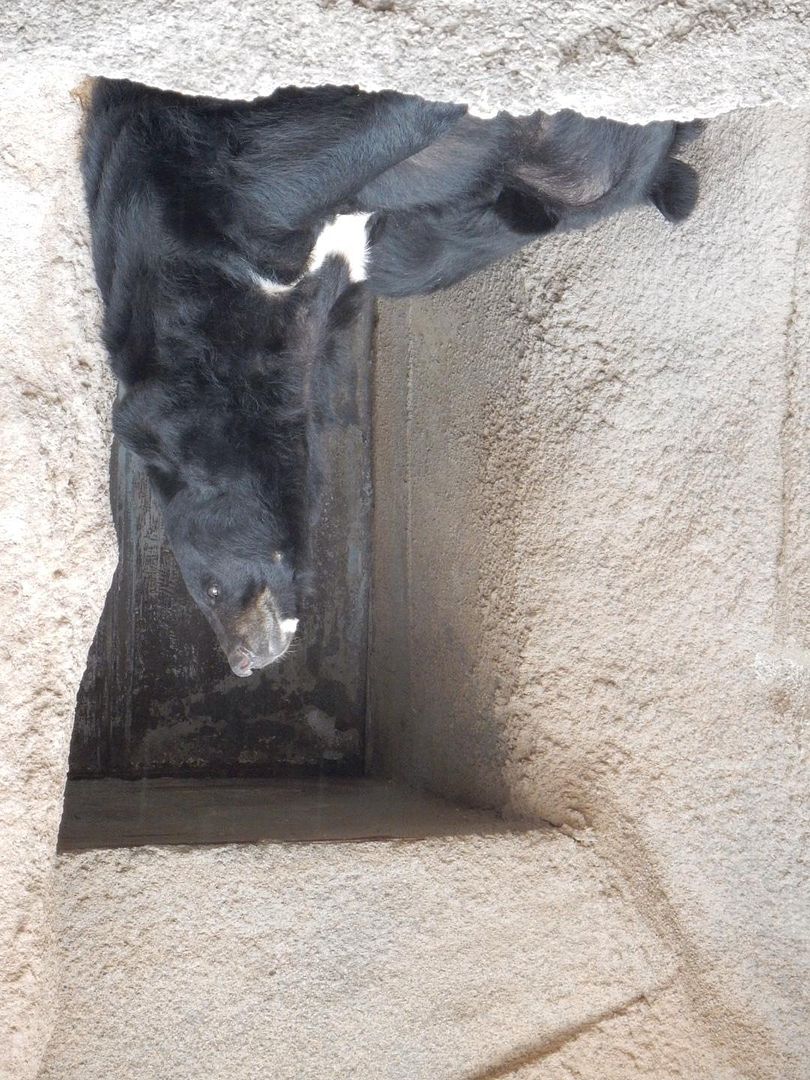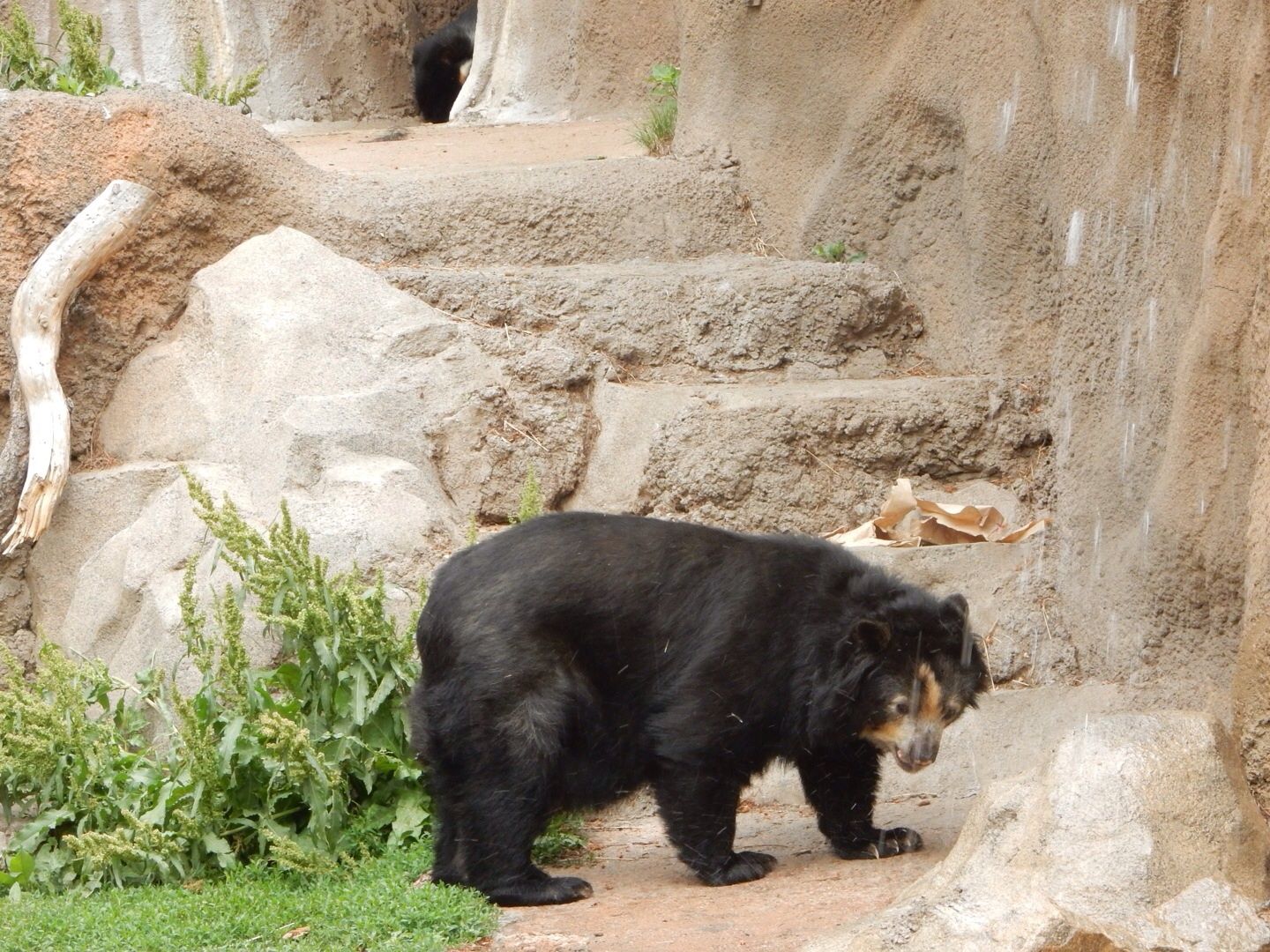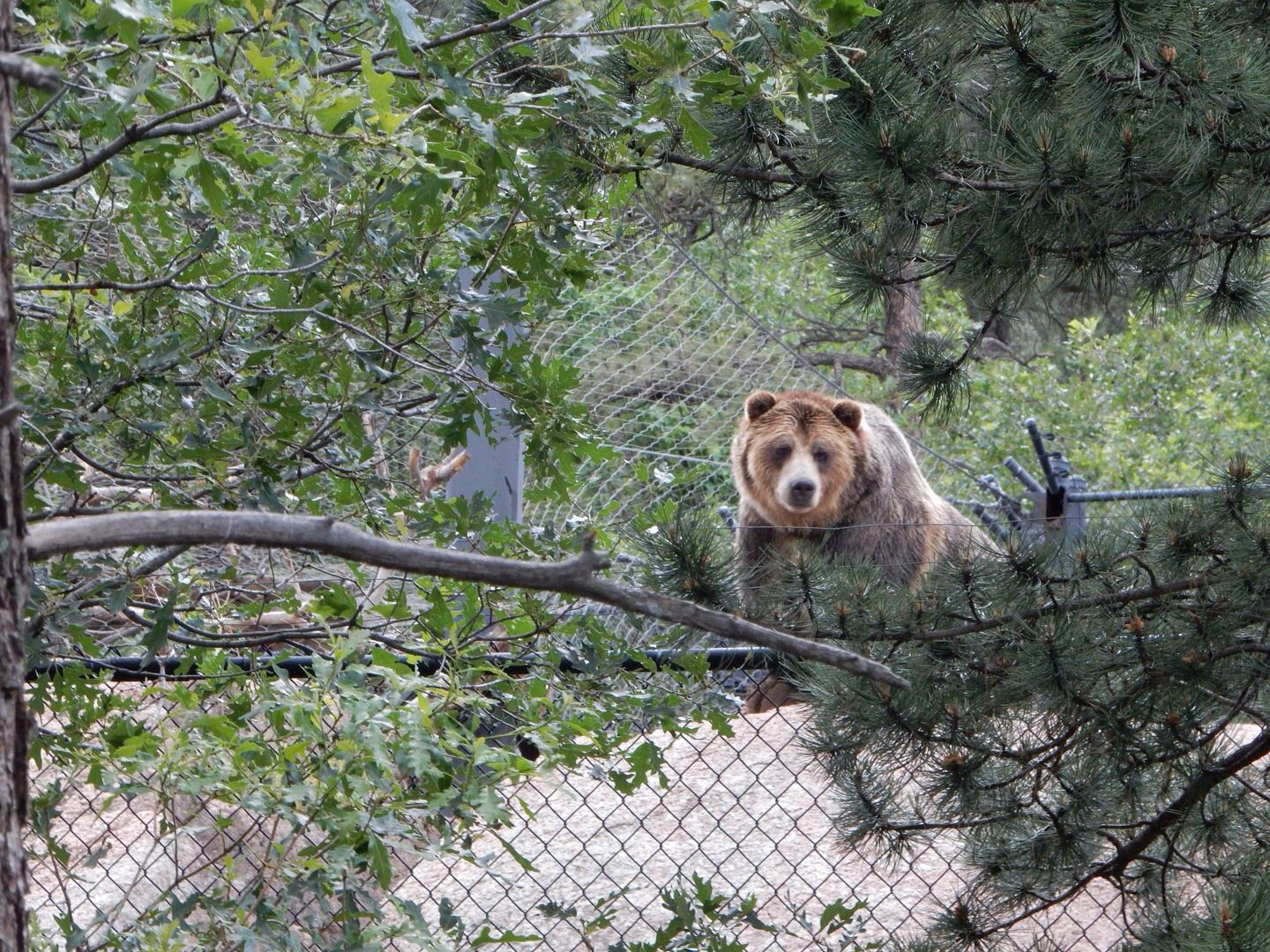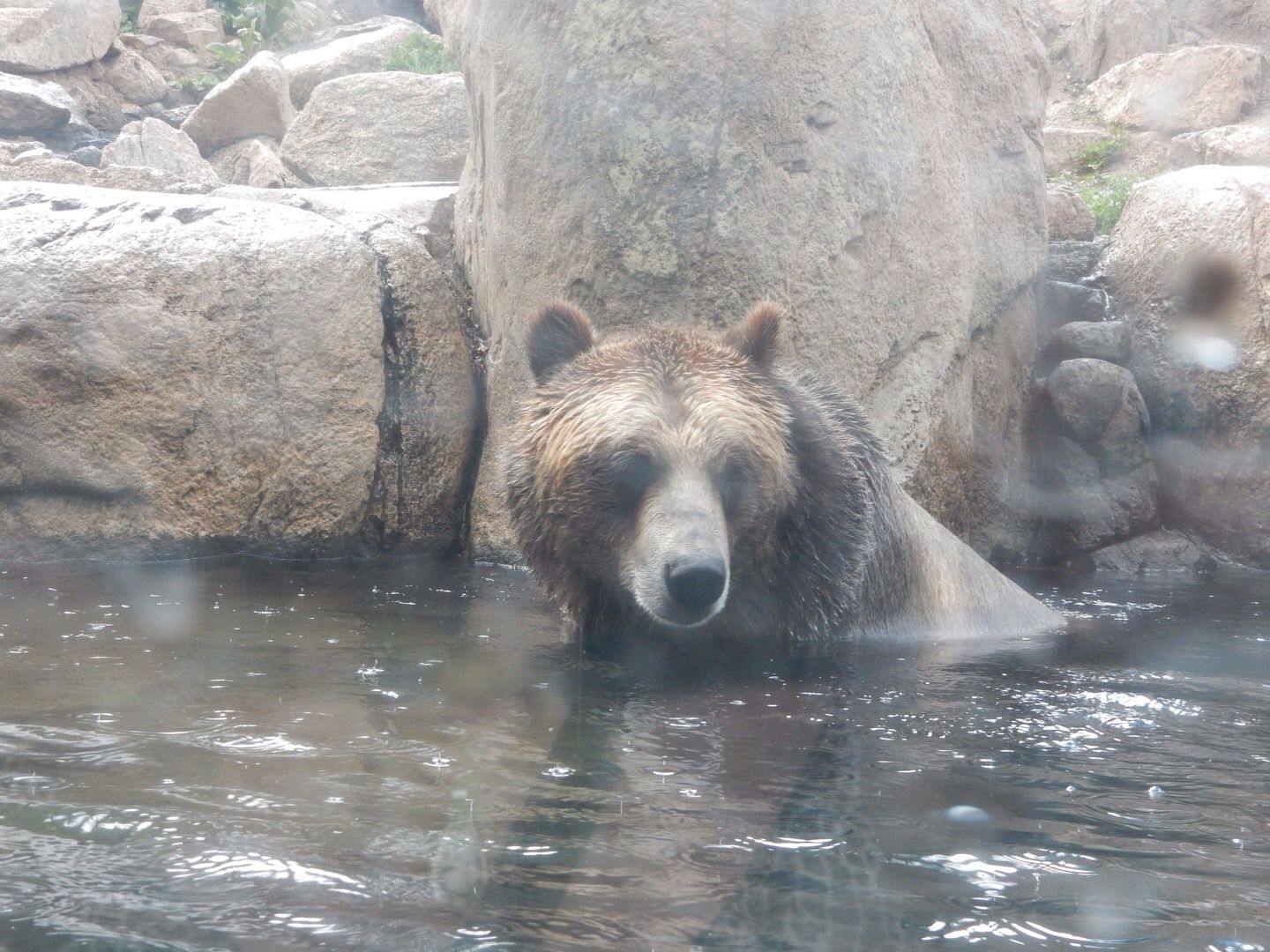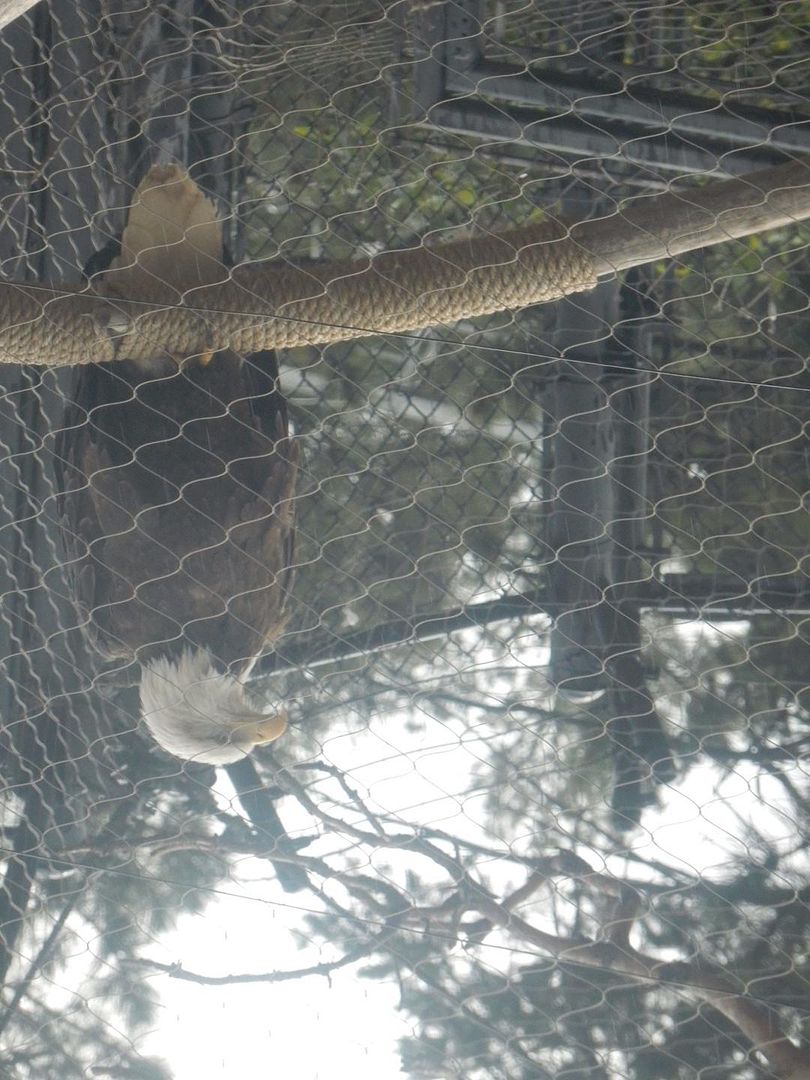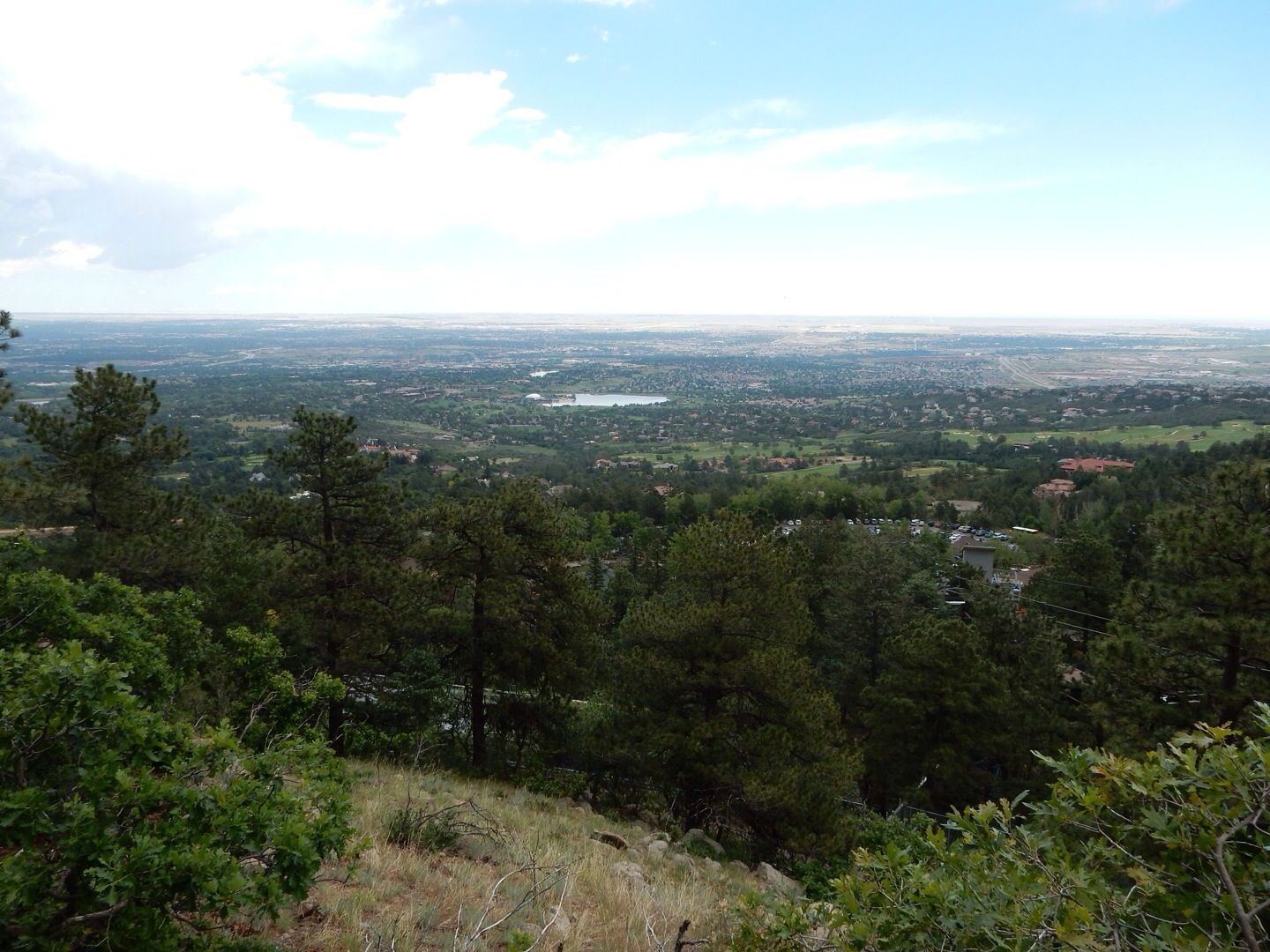The exhibits tell the stories of diverse people coming together for a common purpose in the U.S. The countries at war were engaged in fierce competition to create faster, heavier, and more agile military aircraft. Even by today's standards, the later aircraft during WW II feature impressive performance.
The sacrifices and dedication on the home front to the war effort are documented in this exhibit.
Japanese artifacts.
Restored aircraft.
C-25 used extensively in WW II.
This aircraft served on these carriers.
Payload.
Restored WW II fire truck.
The museum is focused on restoring aircraft that saw combat during WW II, as opposed to models built subsequently that were not involved in battles. Therefore, they have very impressive restoration shops as many of the aircraft were buried during the 1940s. These shops are also used to repair/restore privately-owned aircraft including one of the best propeller shops in the world.
Stinsen/Vultee L-5 Sentinel (in final stages of restoration). Sometimes called "the flying jeep," 4,000 were built during the war and were used by all branches of the military. It served as an artillery spotter, forward air controller on close air support missions, and evacuation aircraft of wounded from forward air positions.
Note the design of the wings ... this was to enable more aircraft to fit on an aircraft carrier.
I personally found this museum interesting because my dad served in the South Pacific in the Navy during World War II as a turret gunner on a bomber. John also enjoyed the military historical value this museum brings to the public.
Open to the public Tuesday, Thursday, and Saturdays, a guided tour is provided. Our guide had a wealth of information about the planes and times of WW II. Admission is $10/adults and $8/seniors, retired or active duty military.
